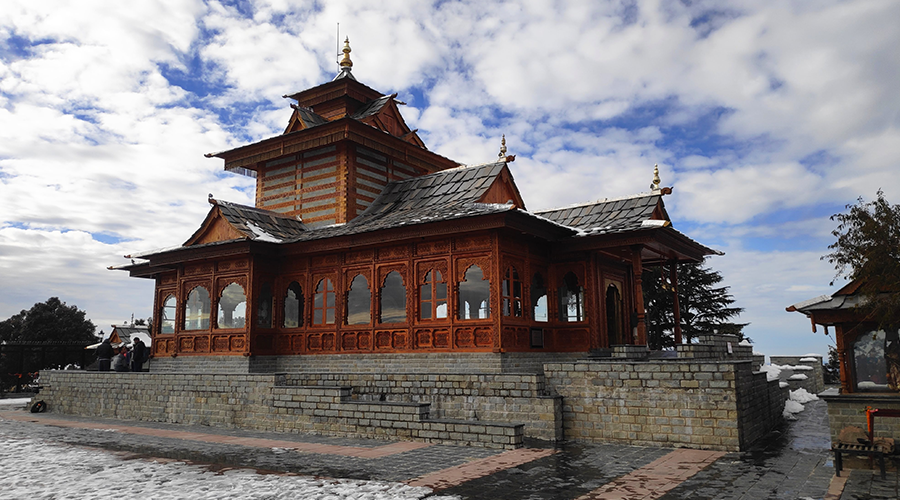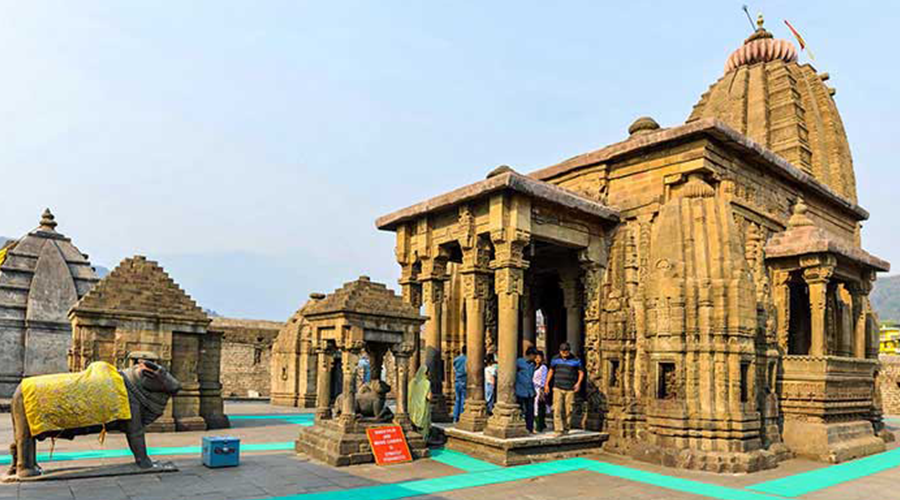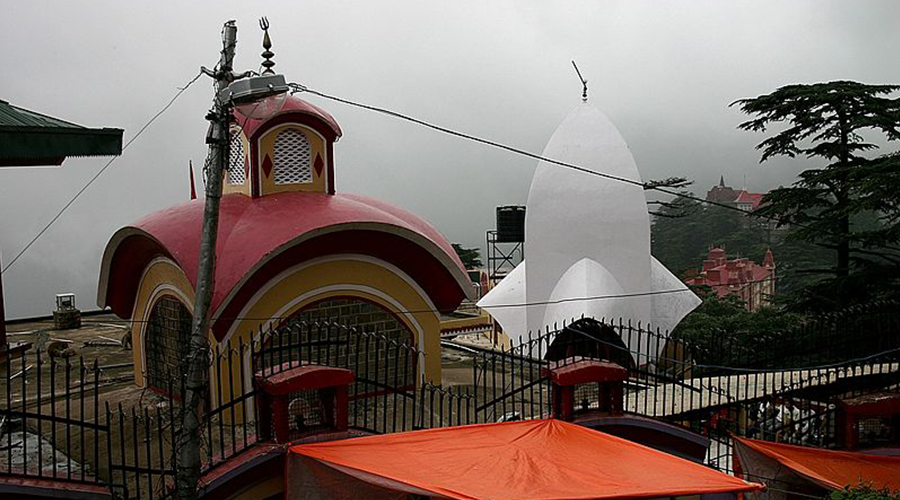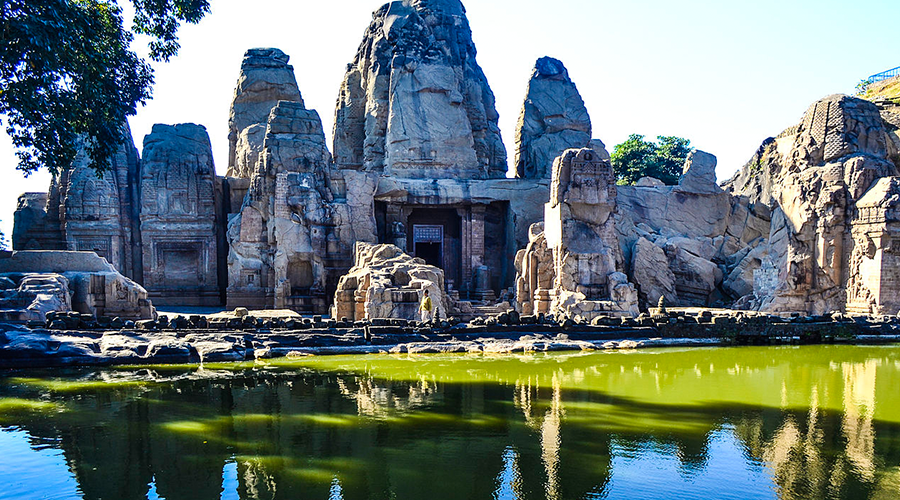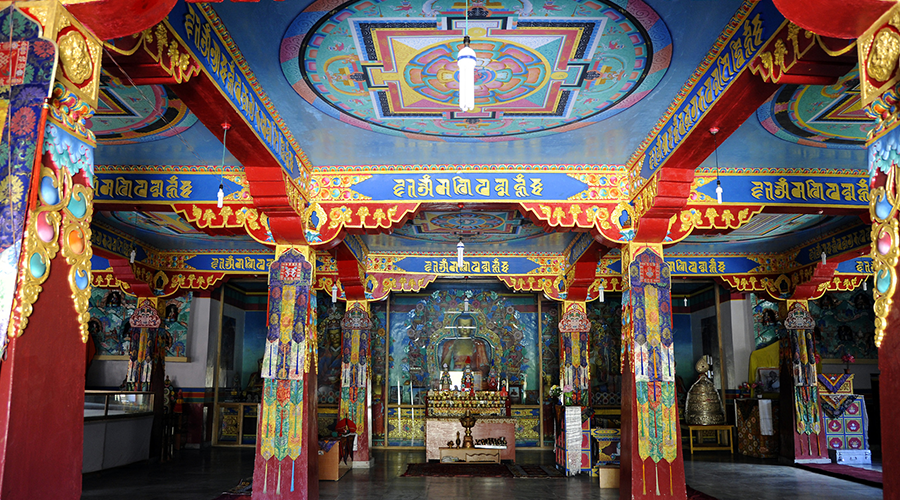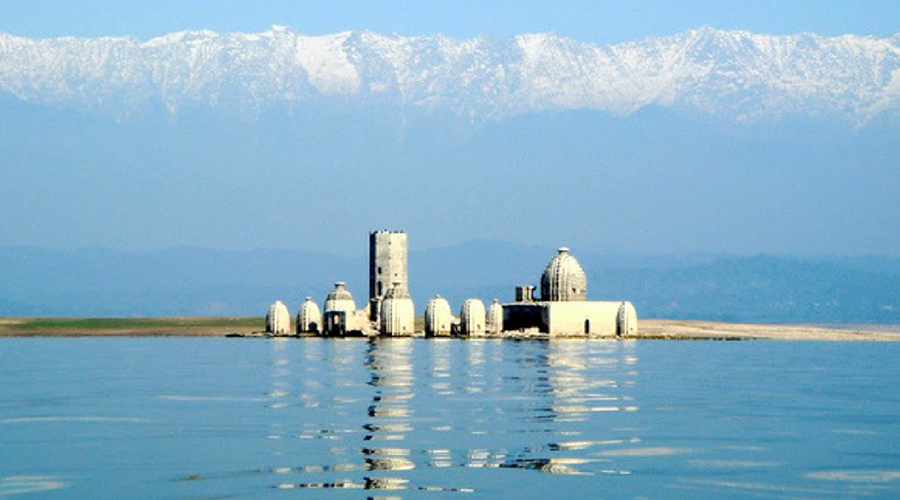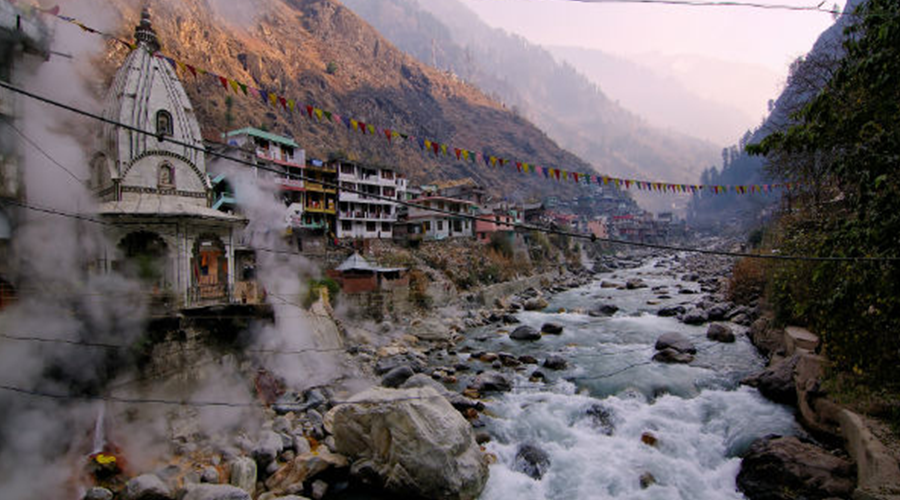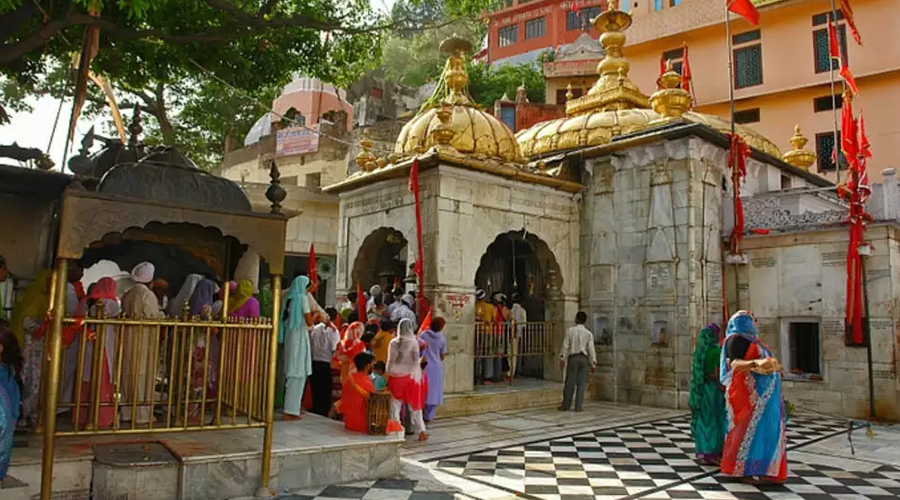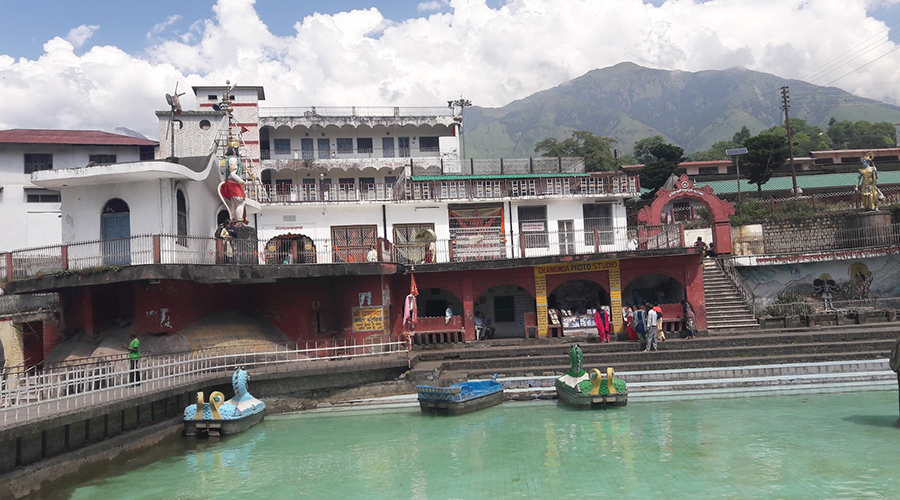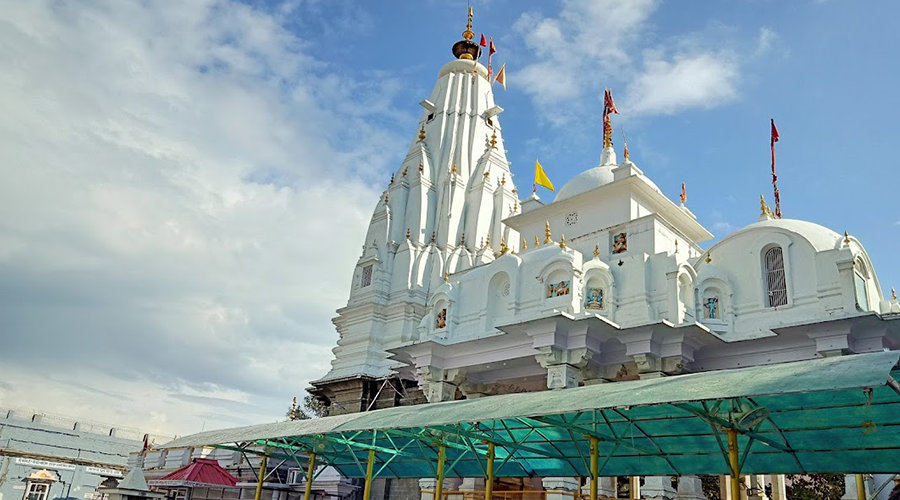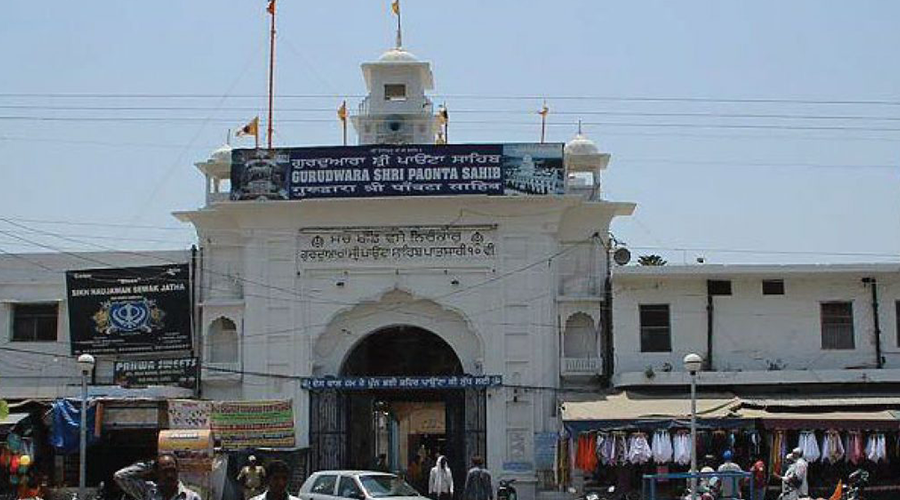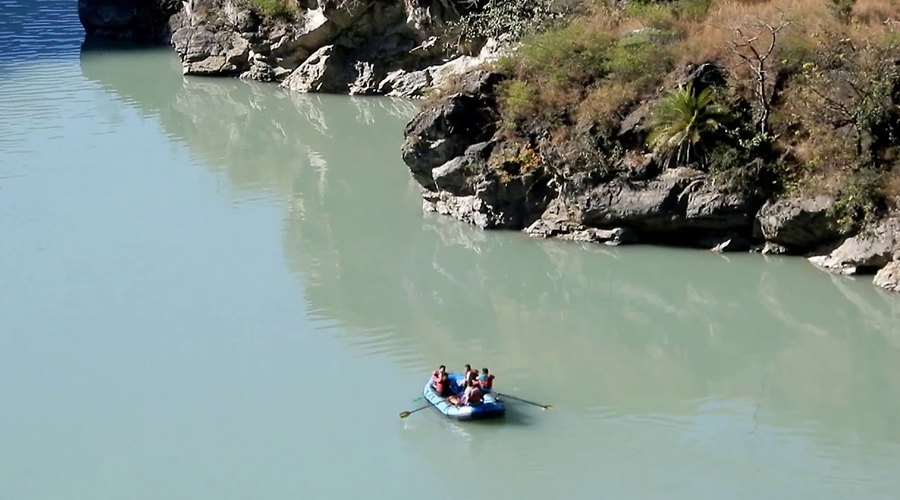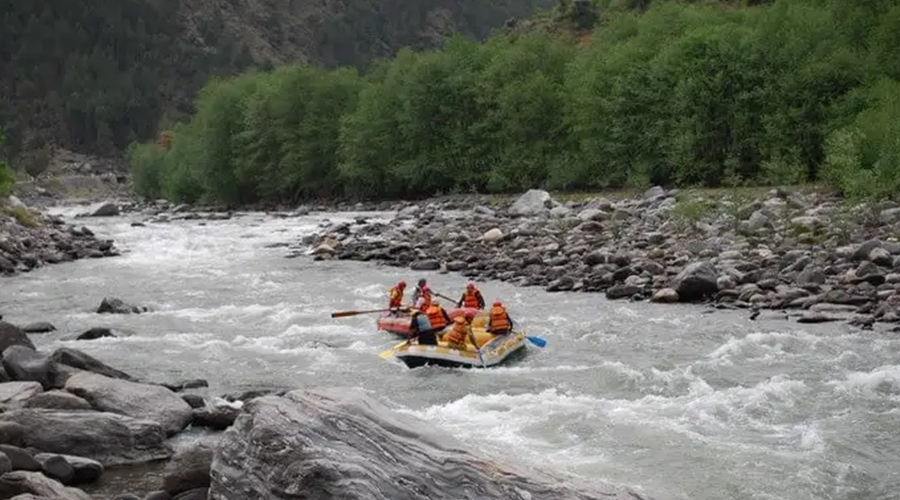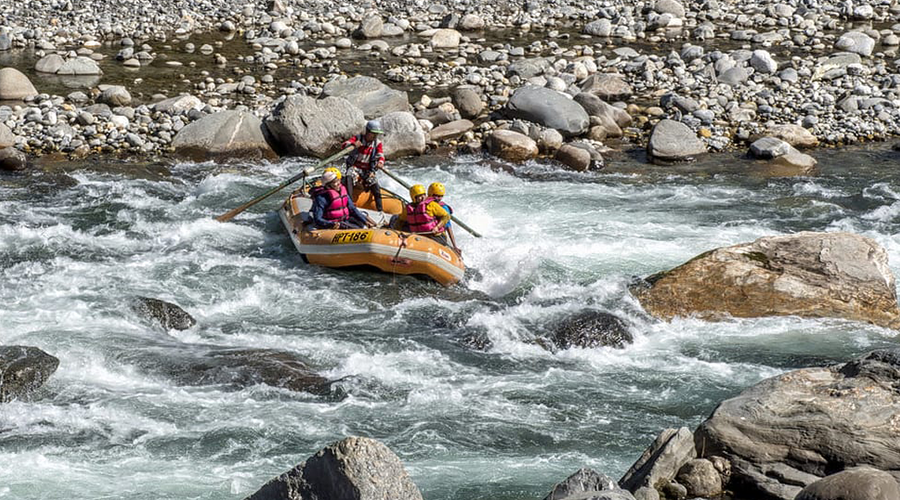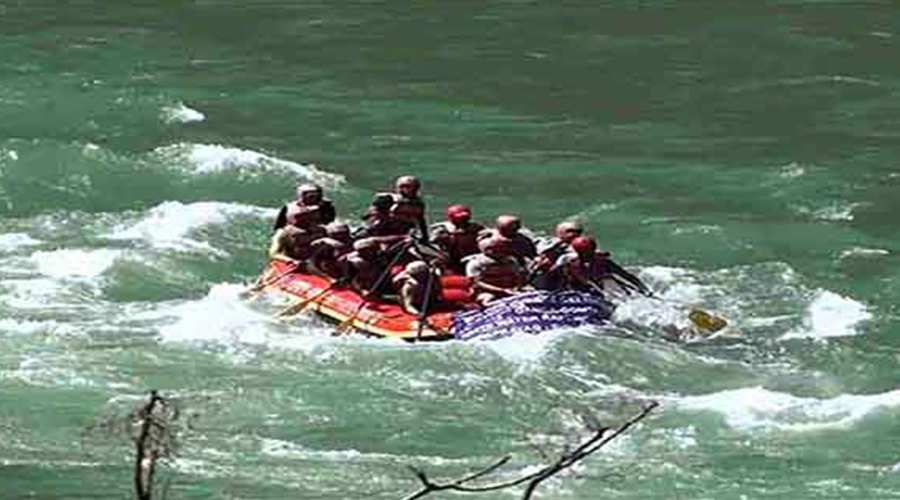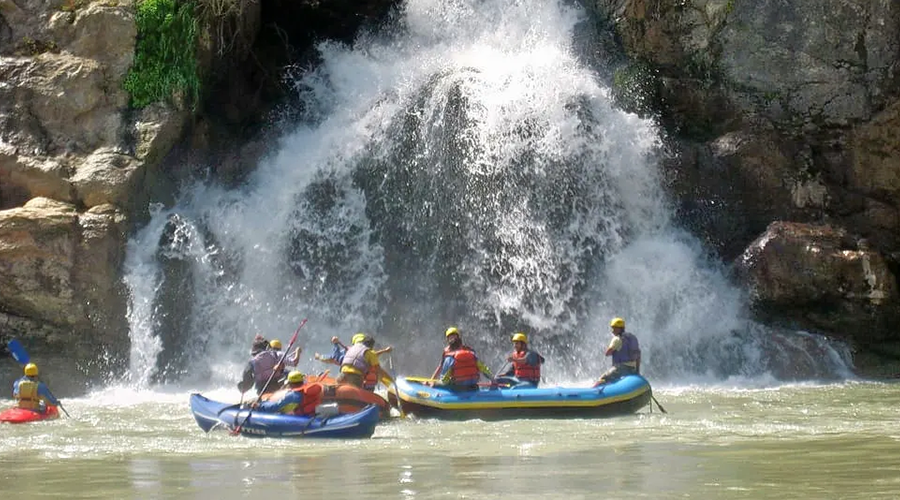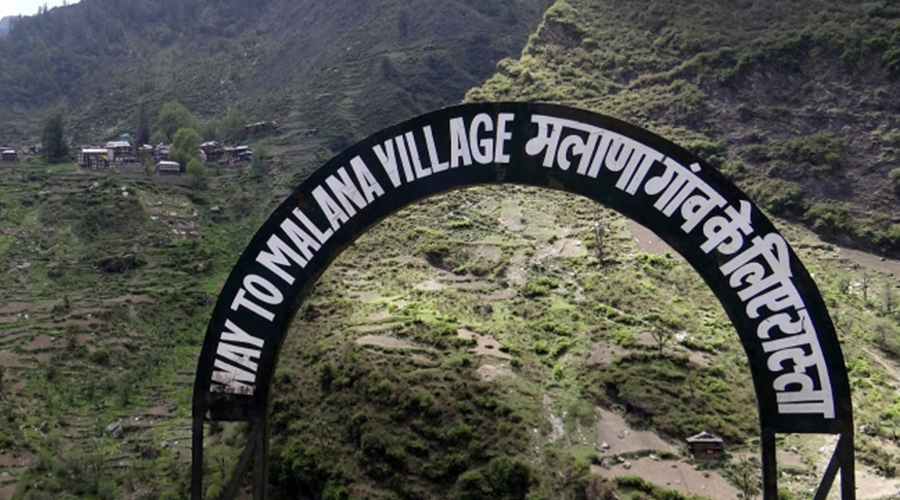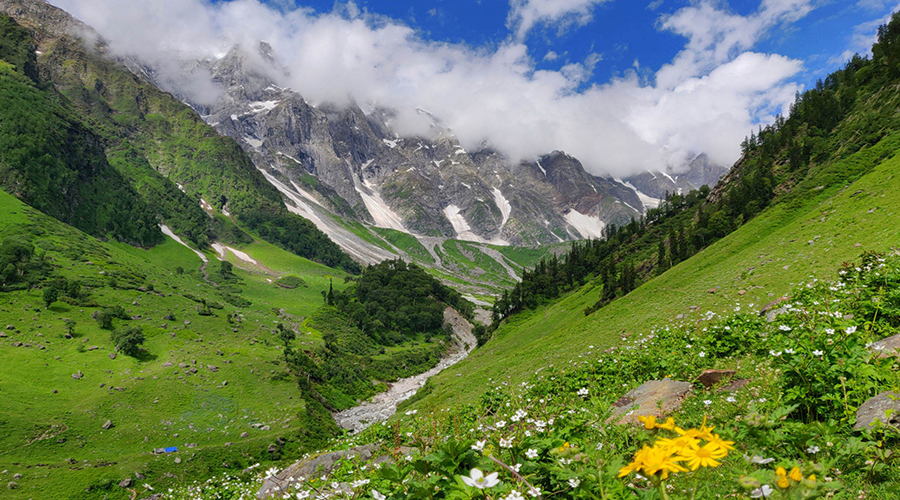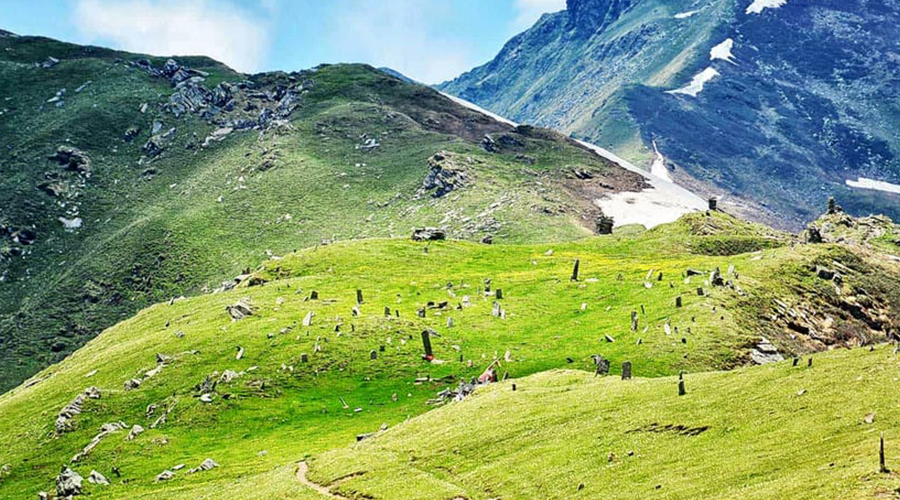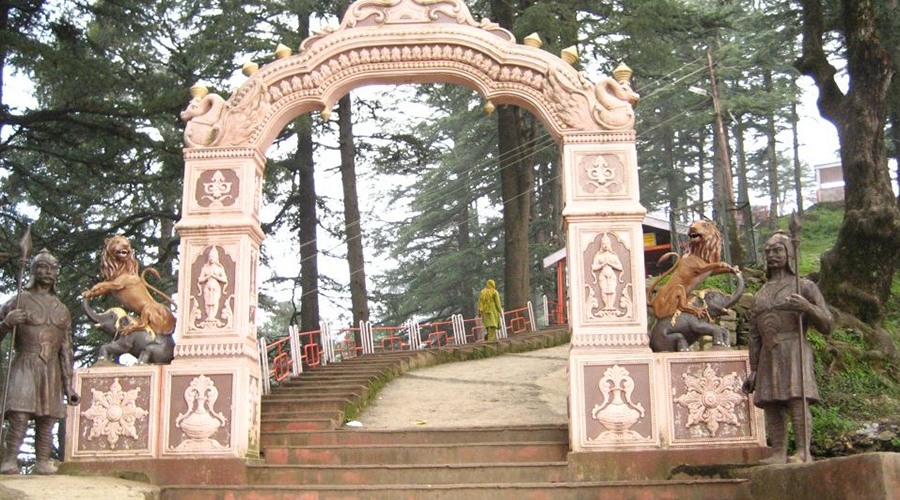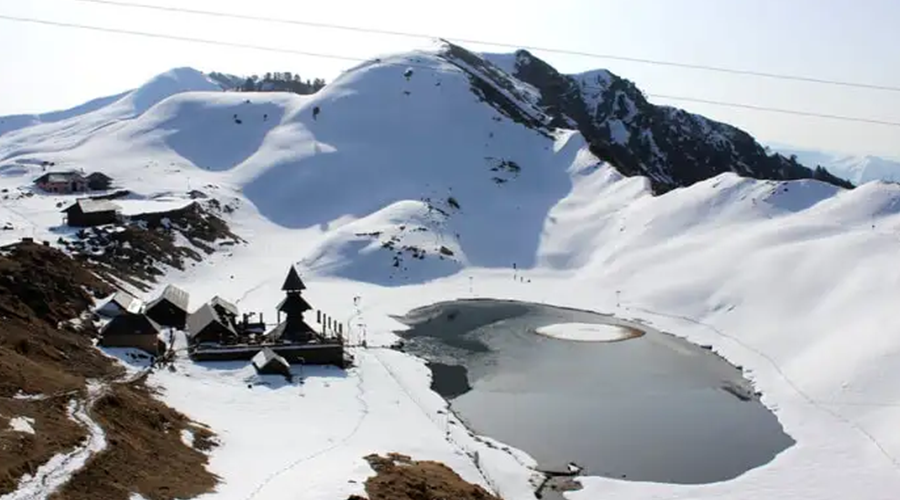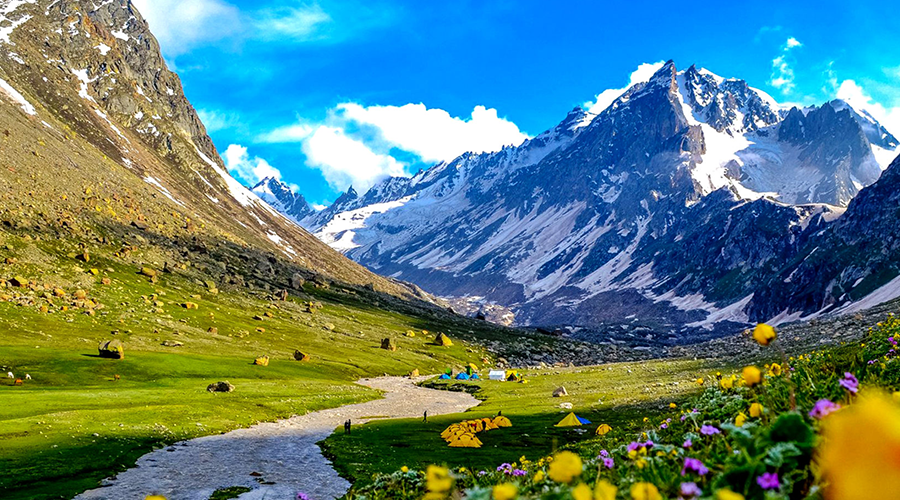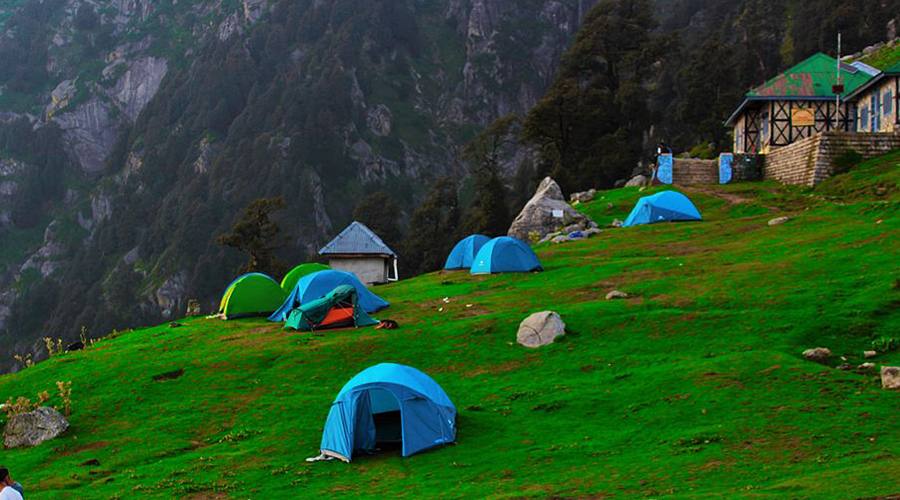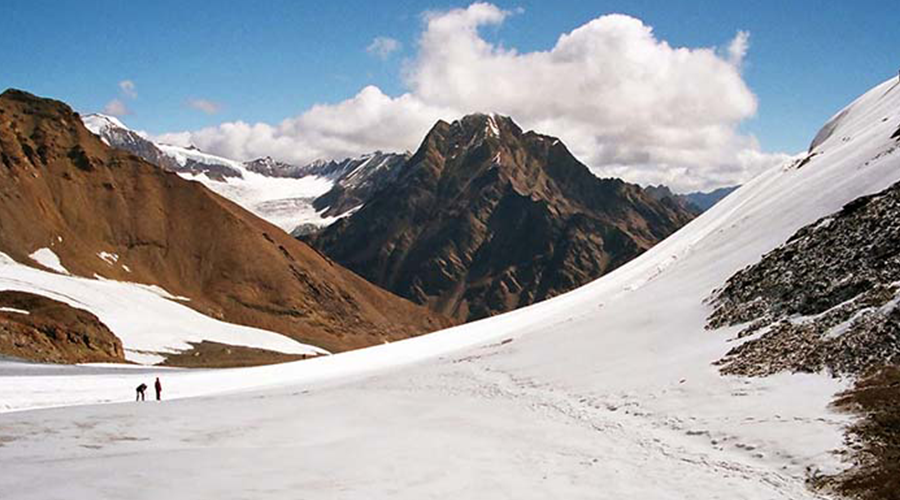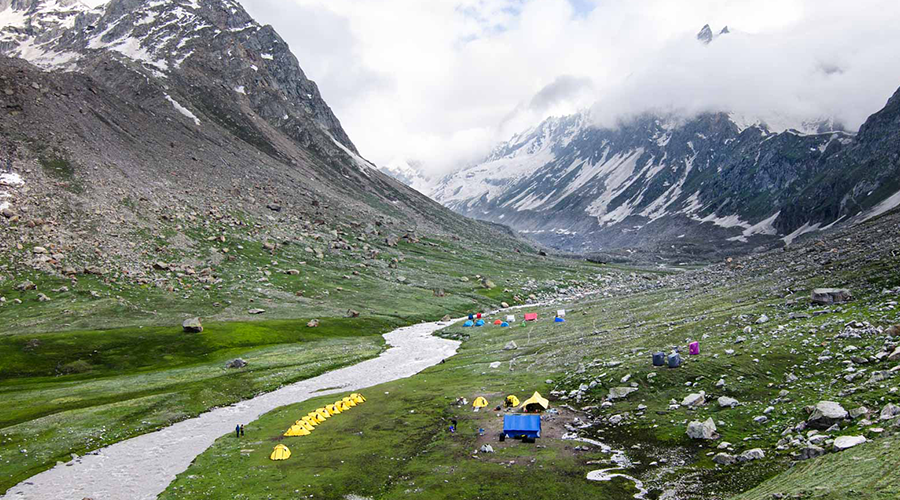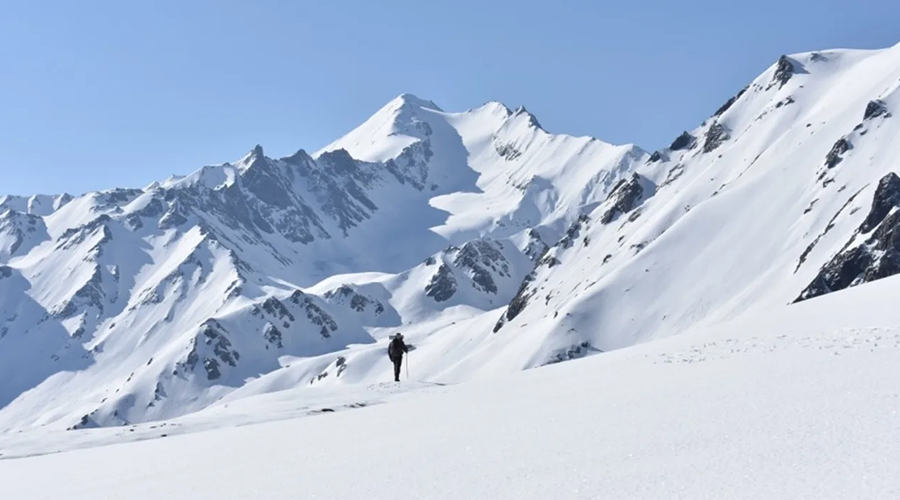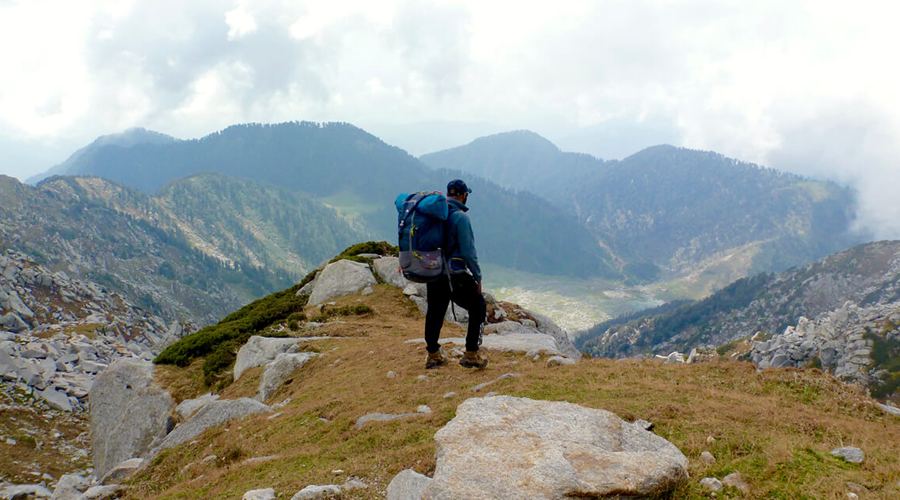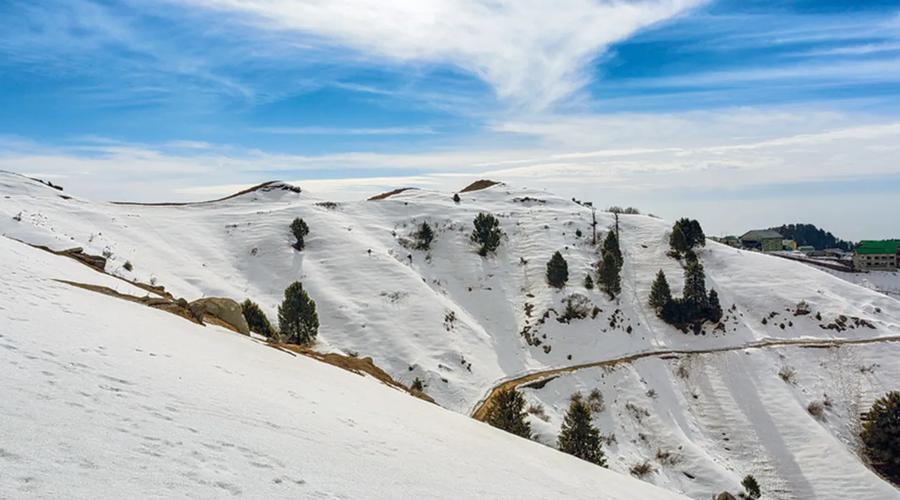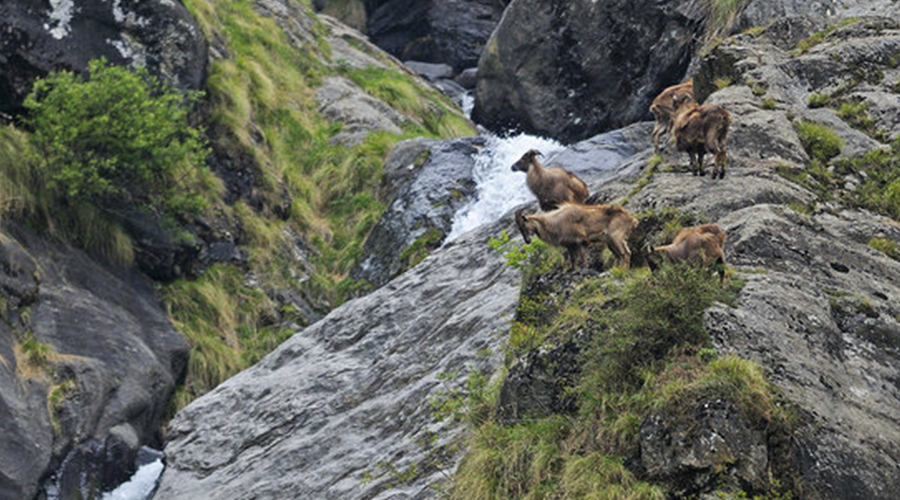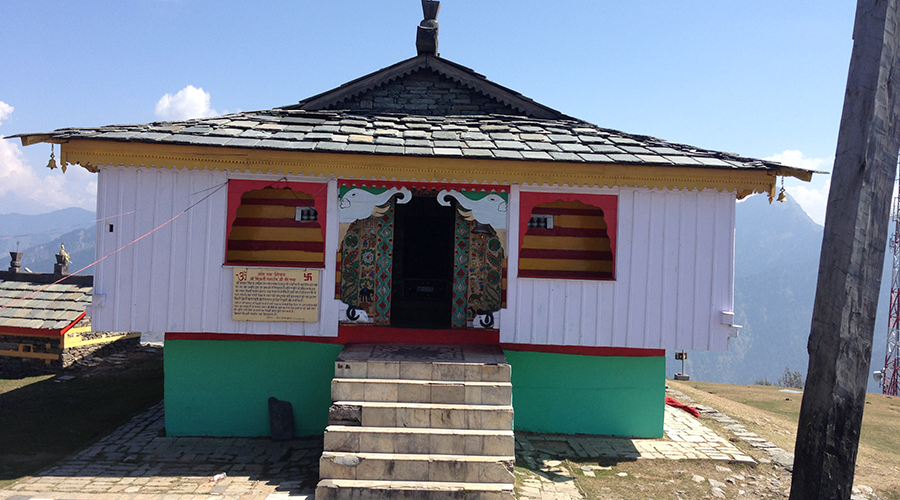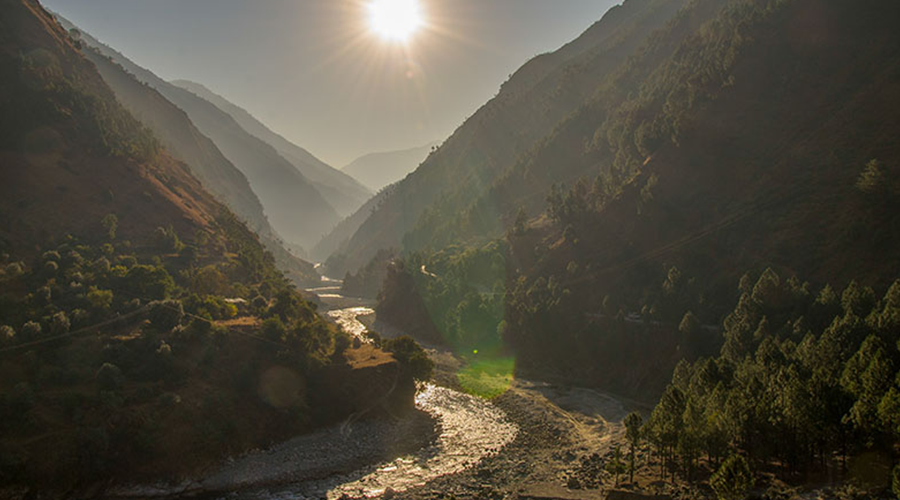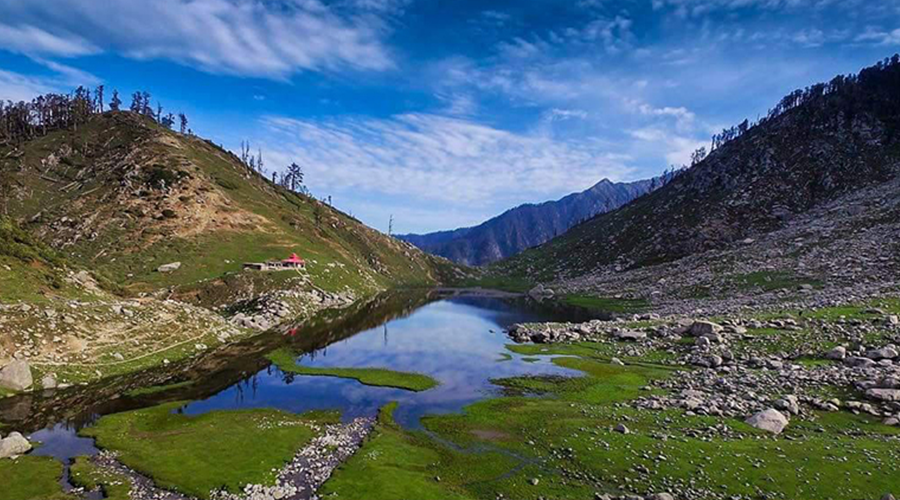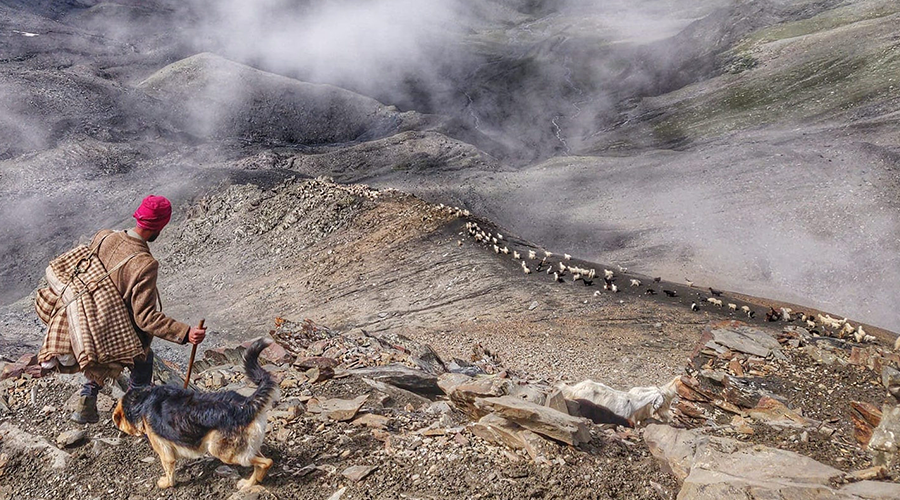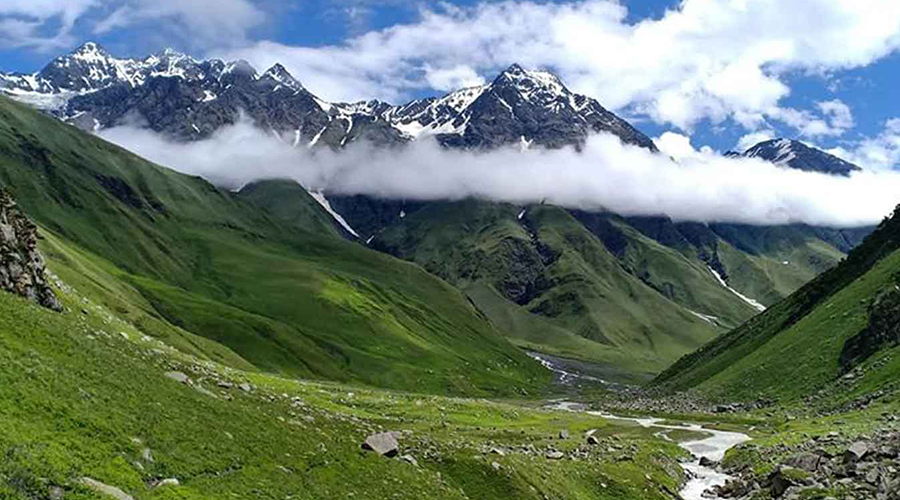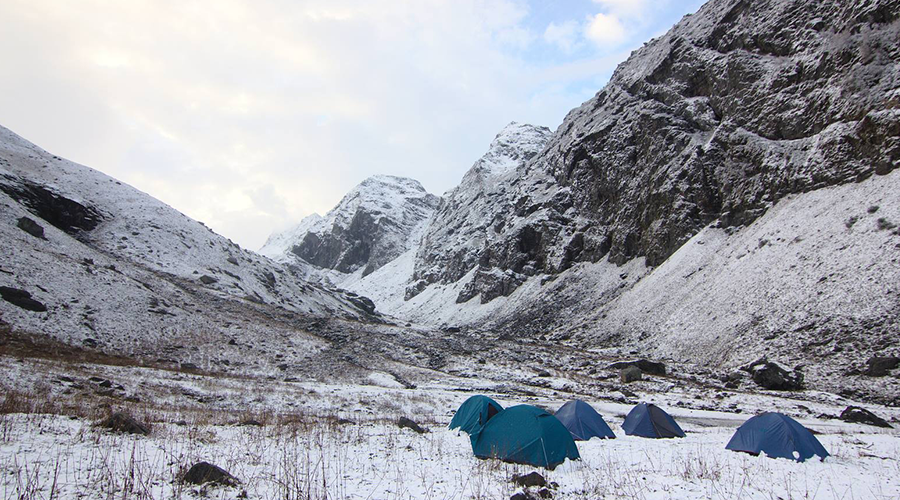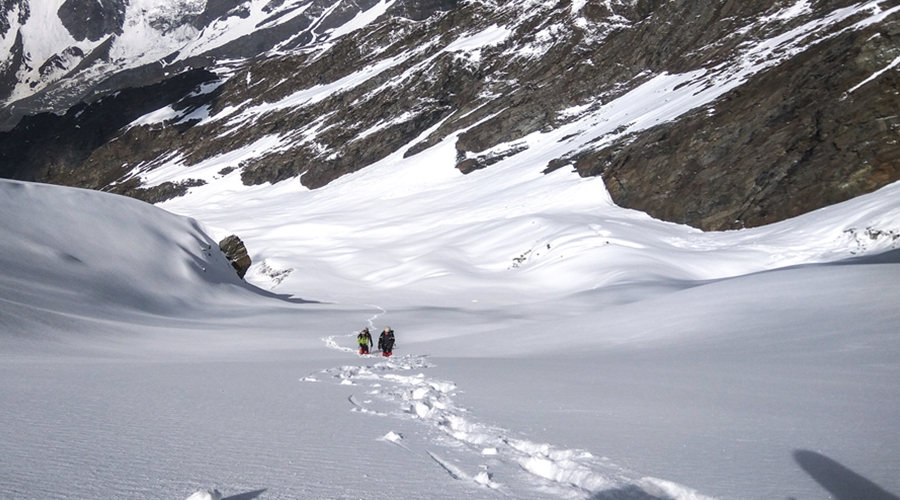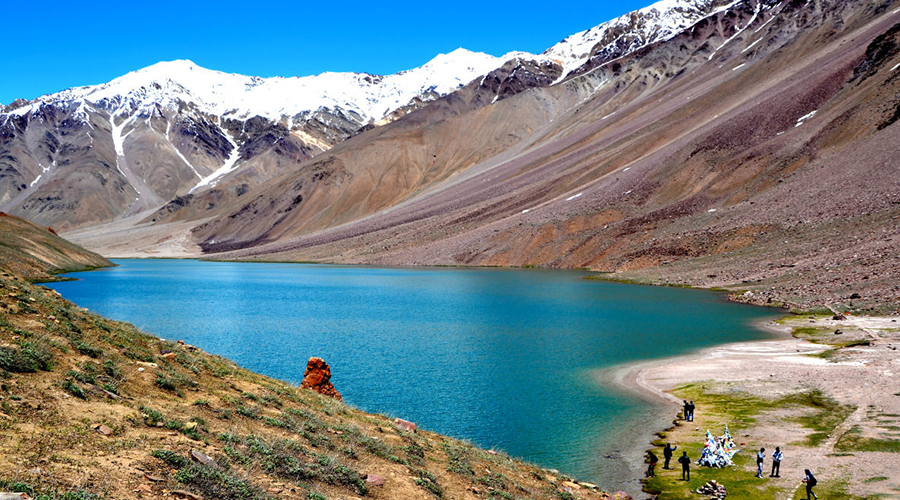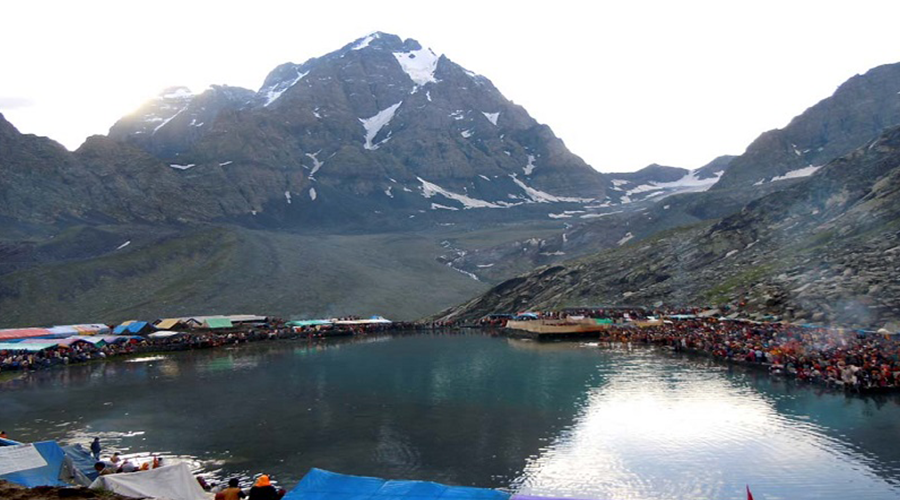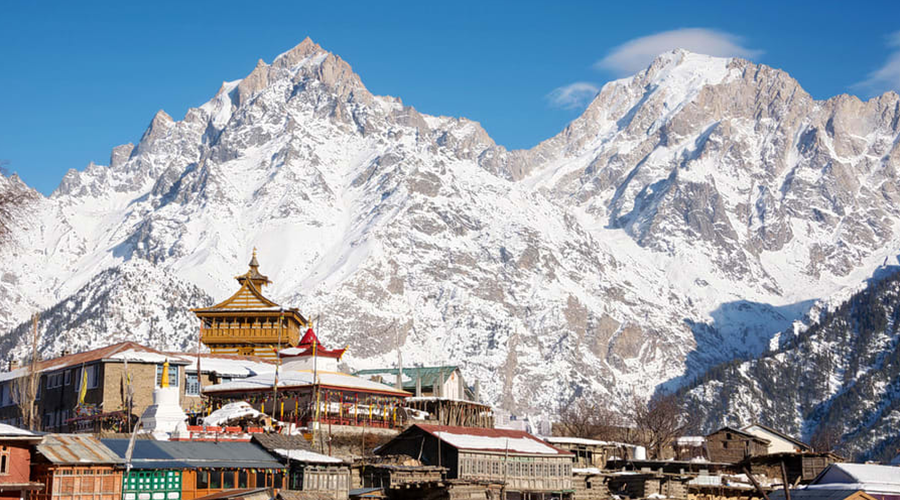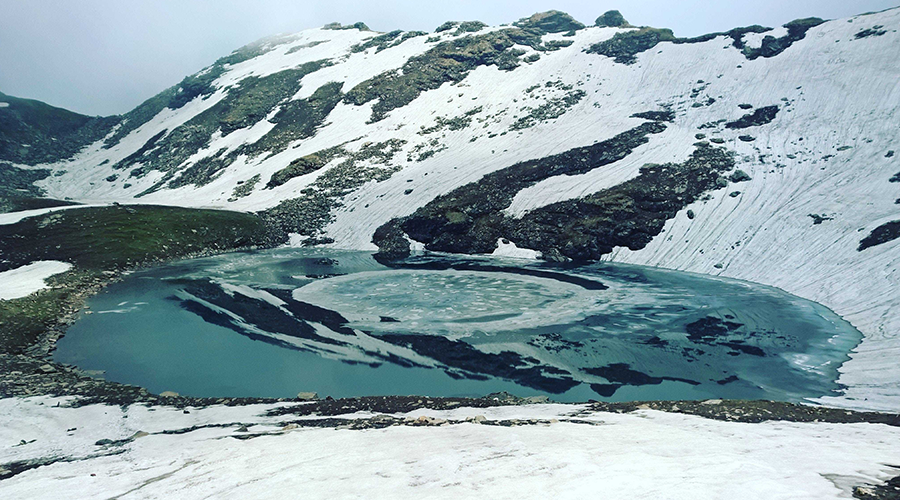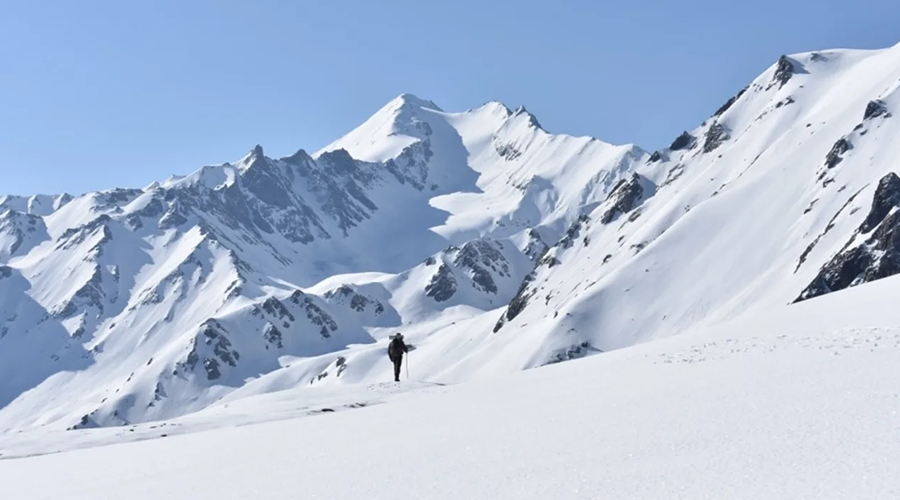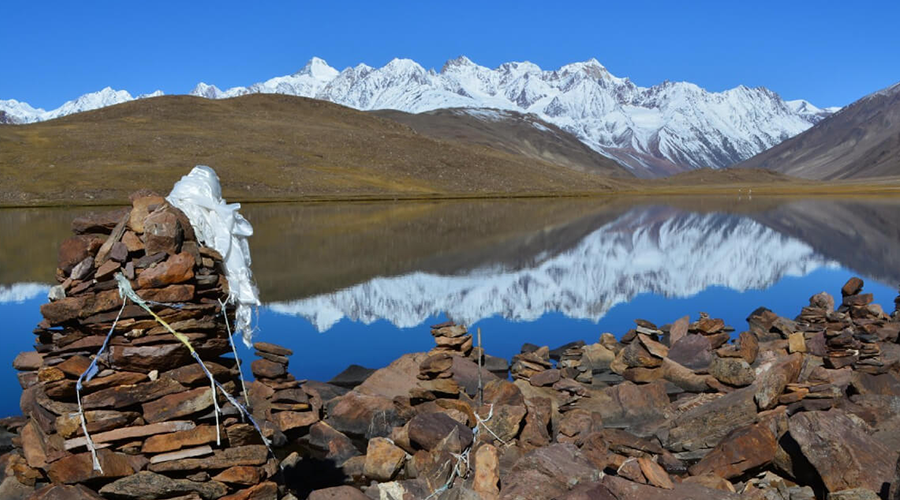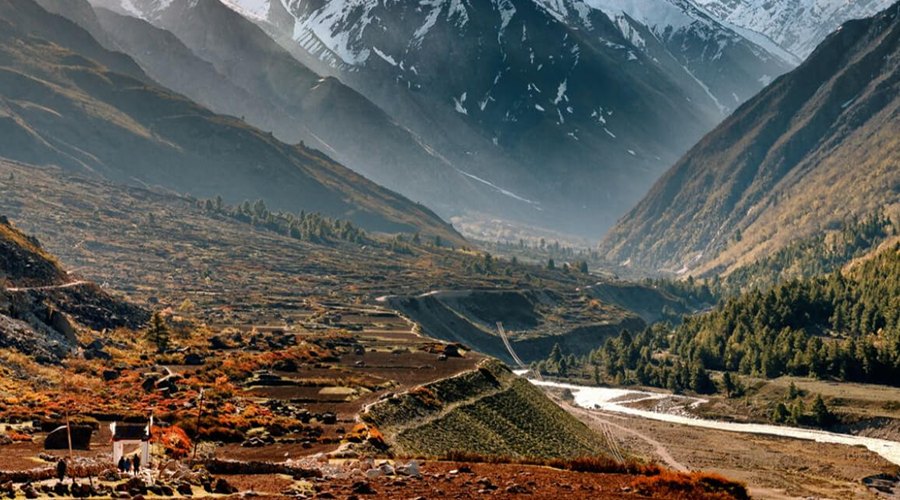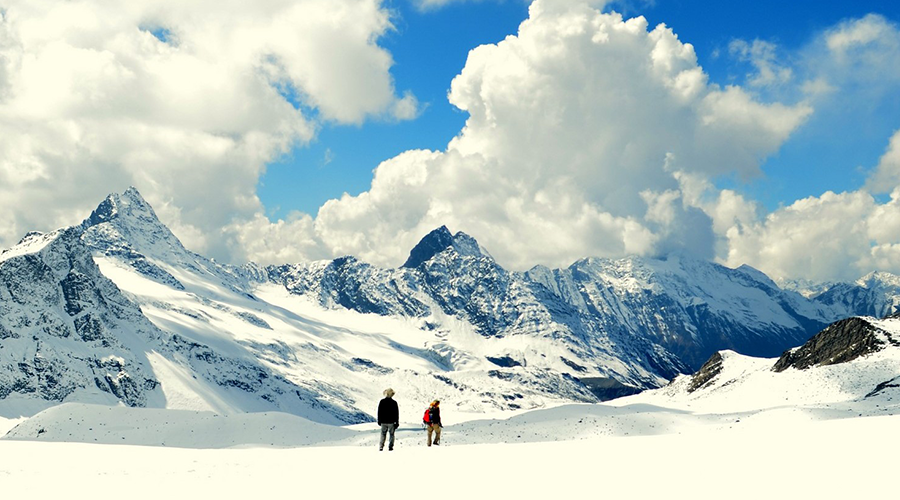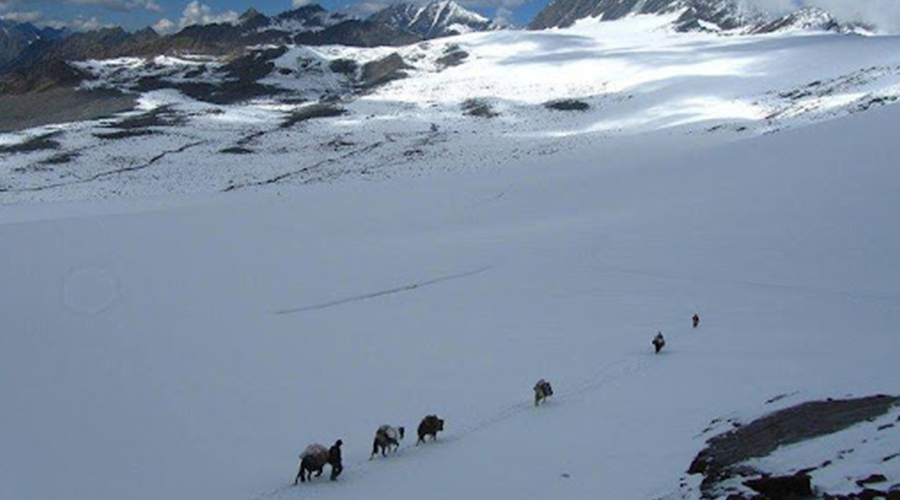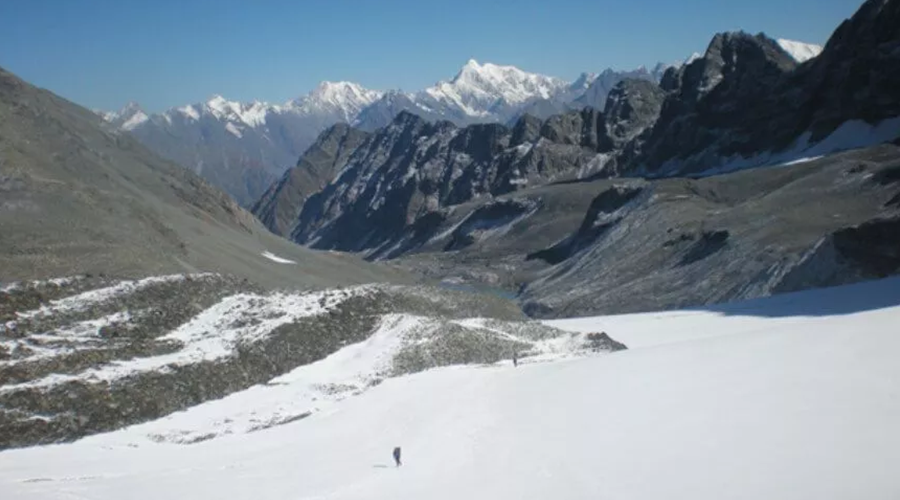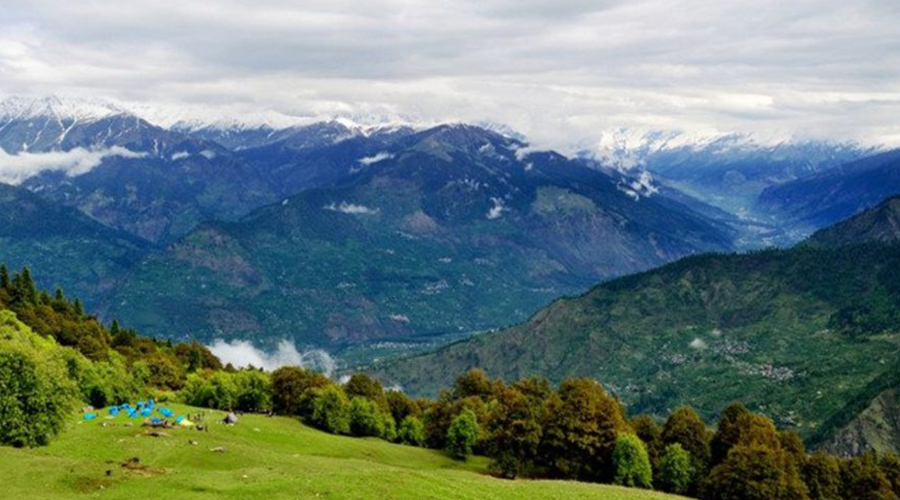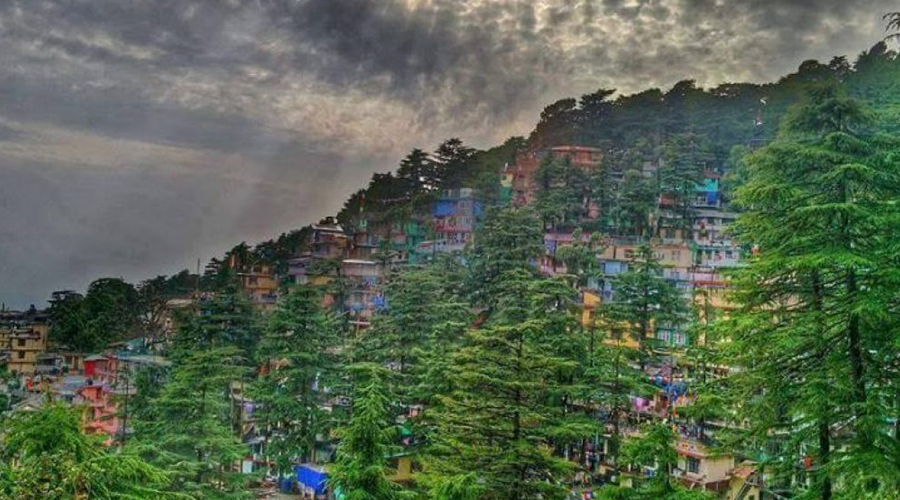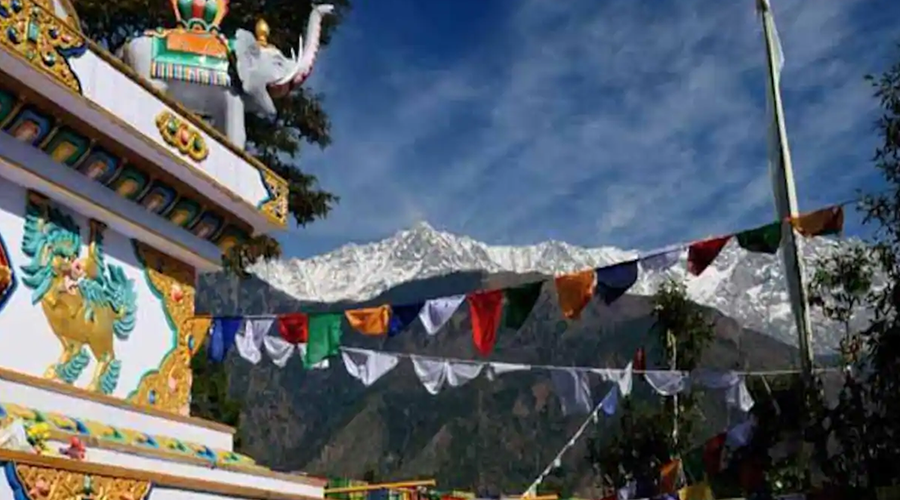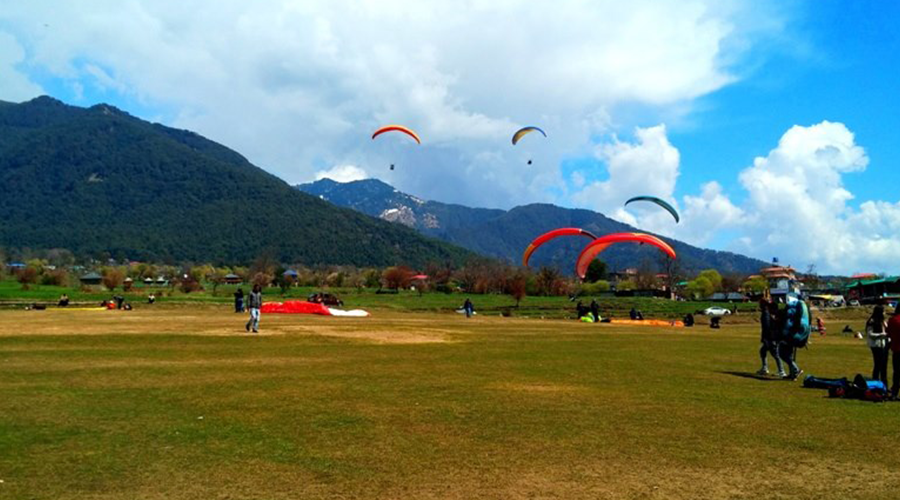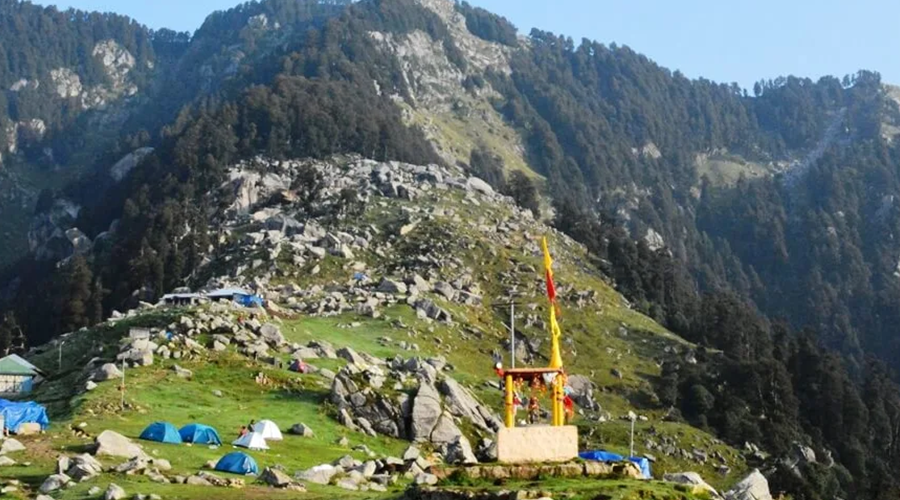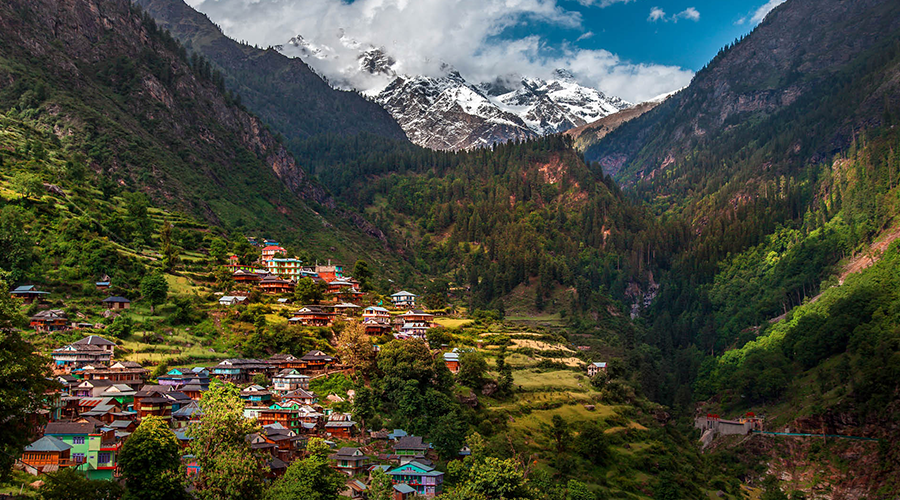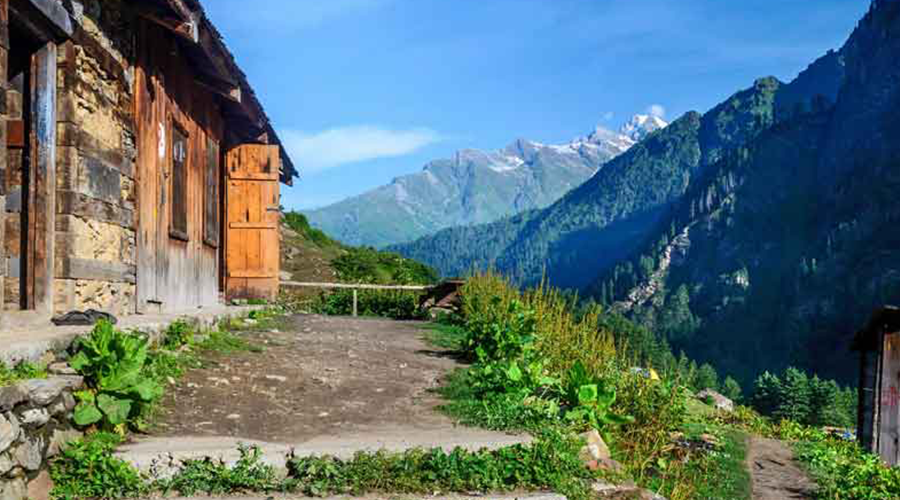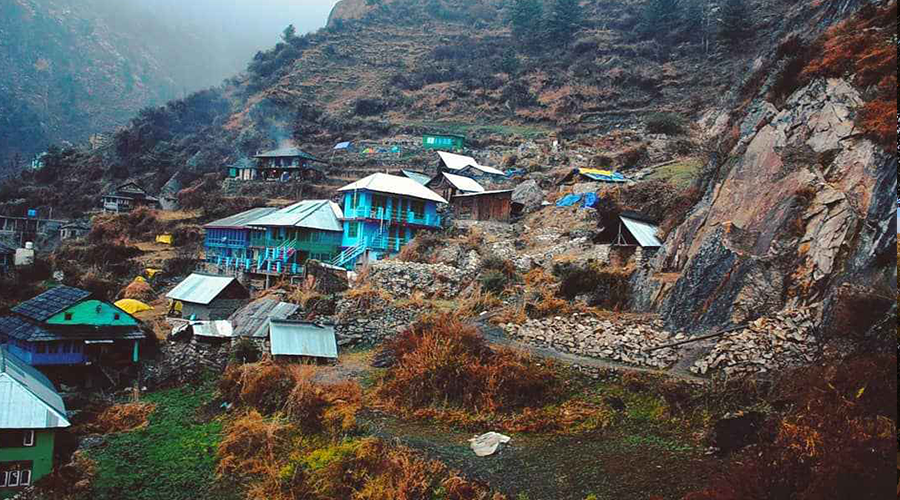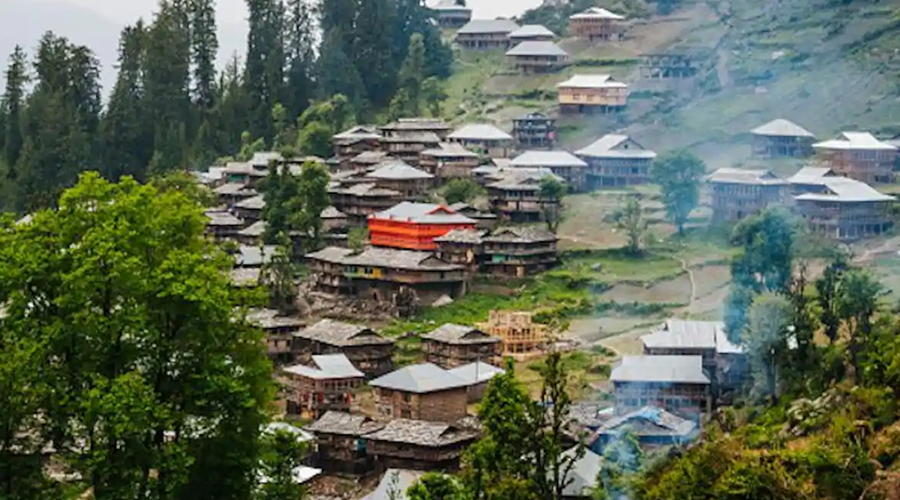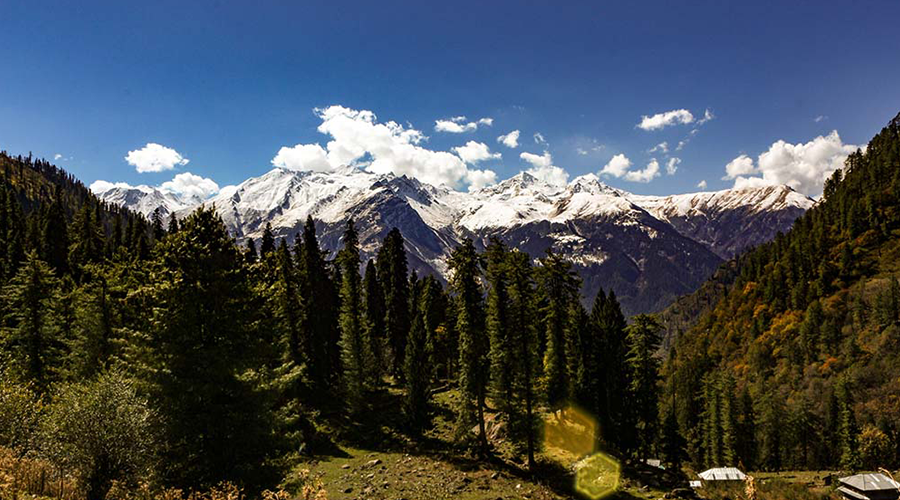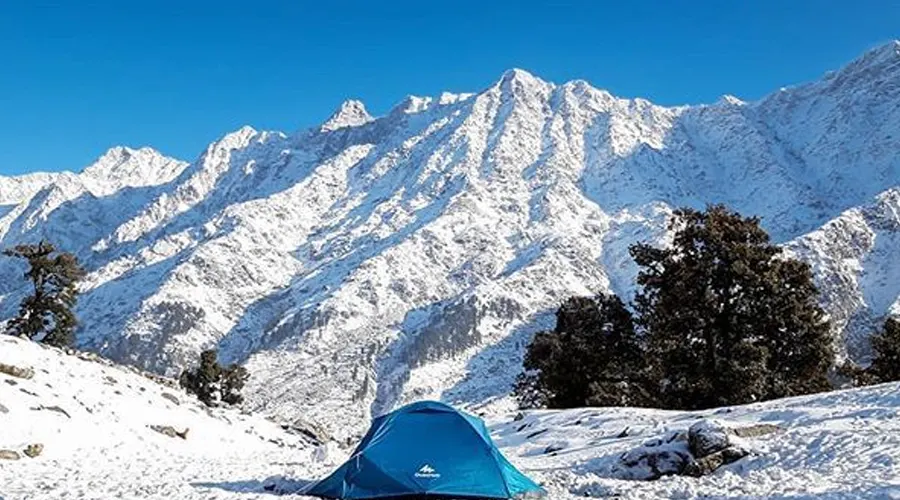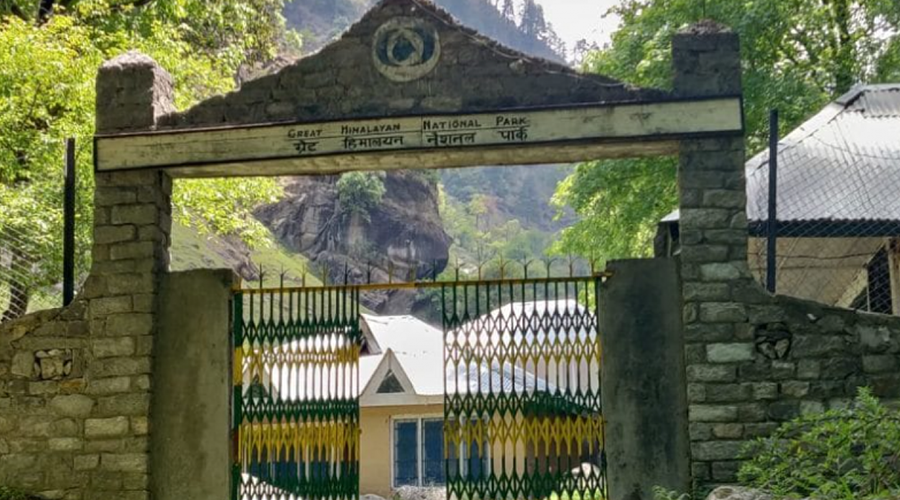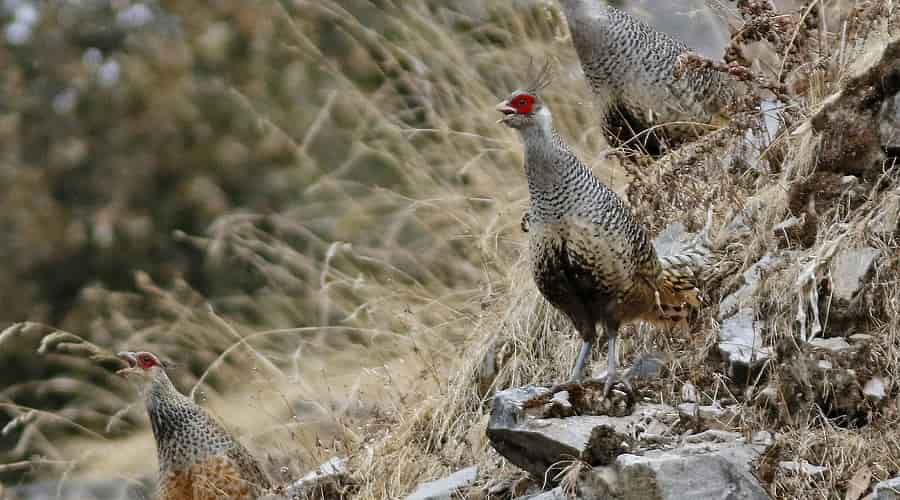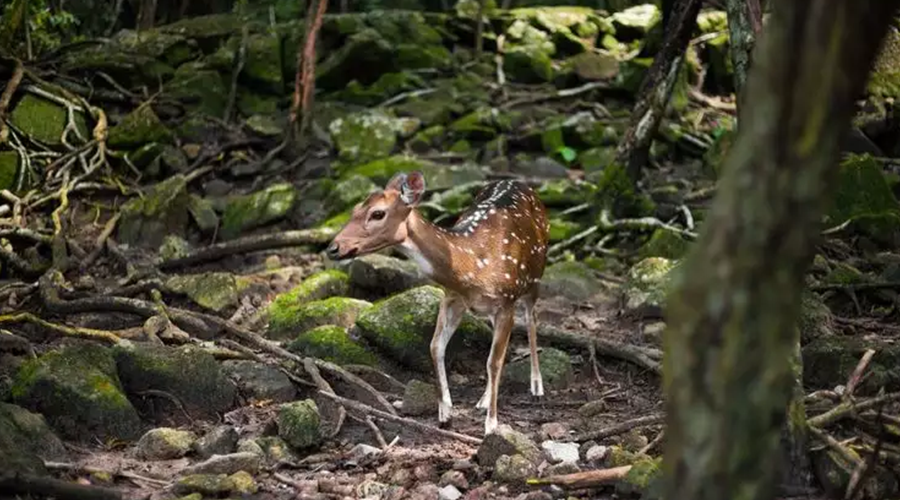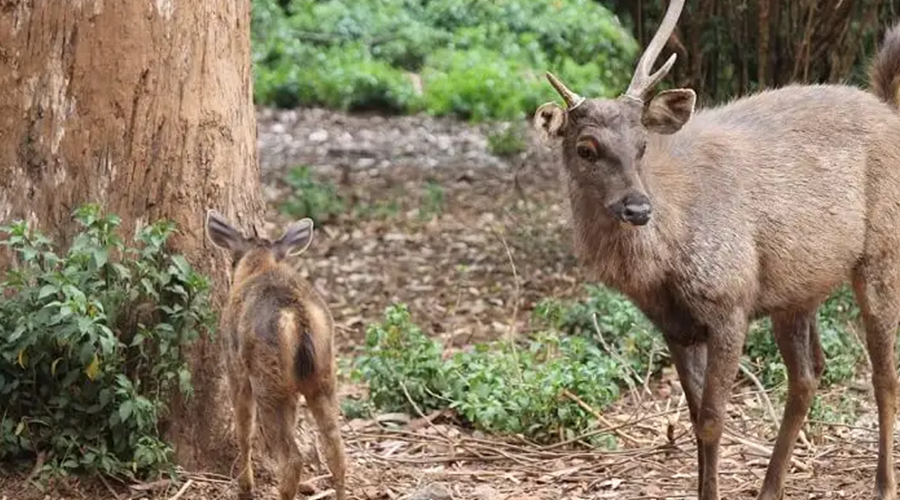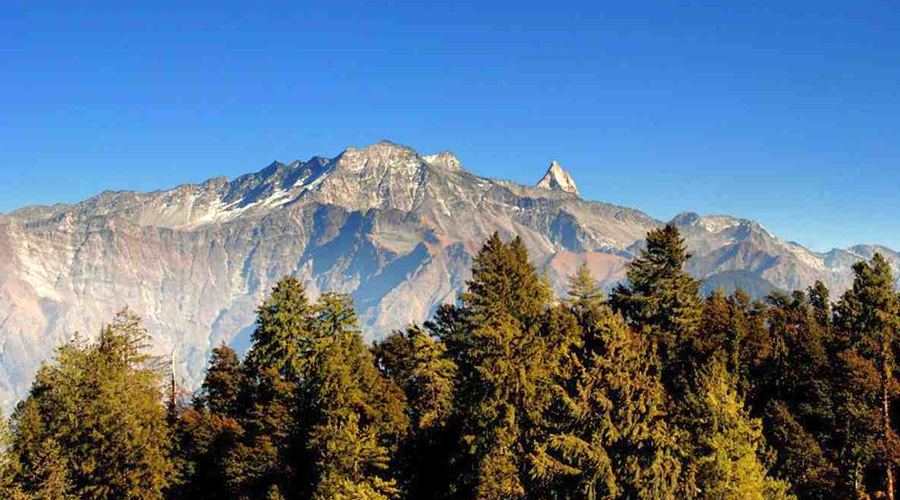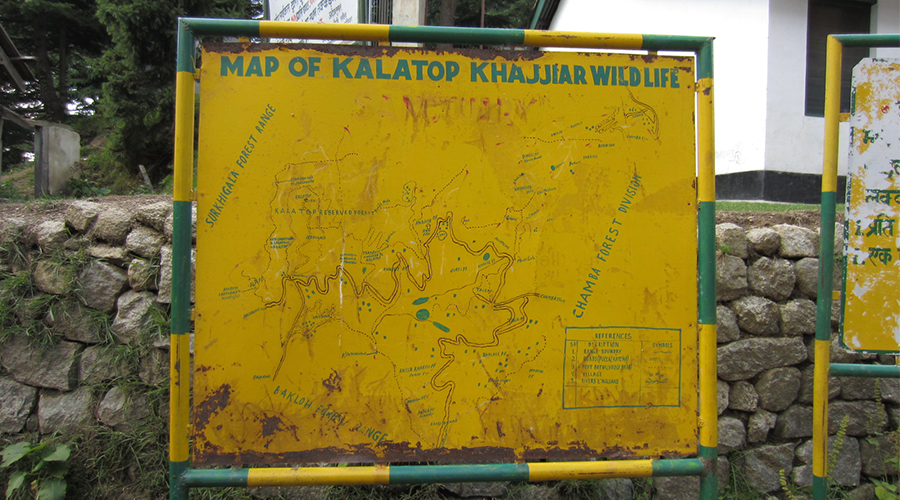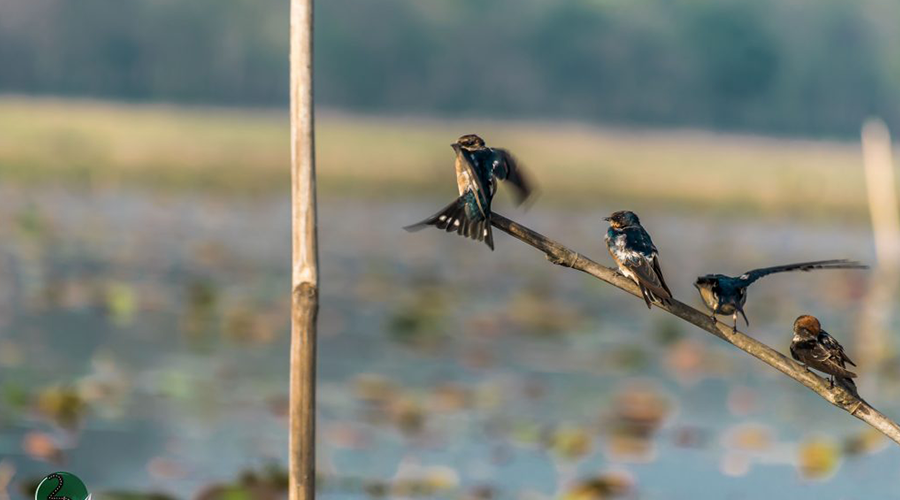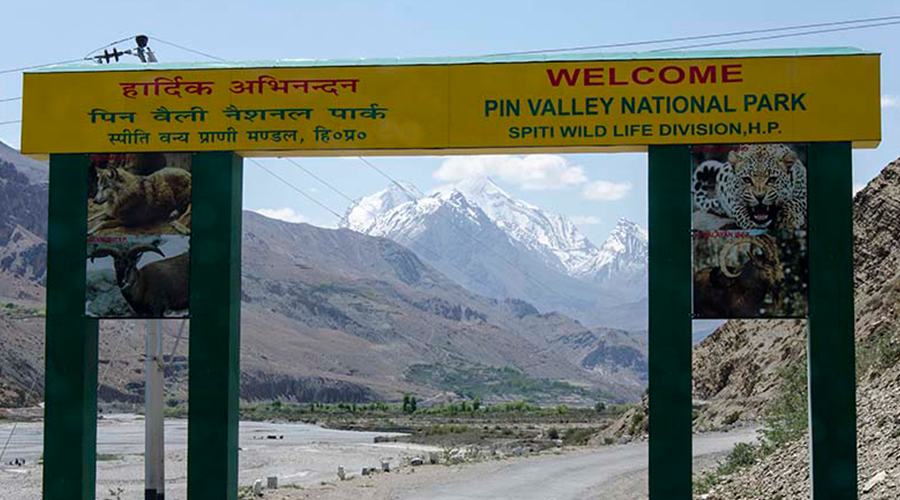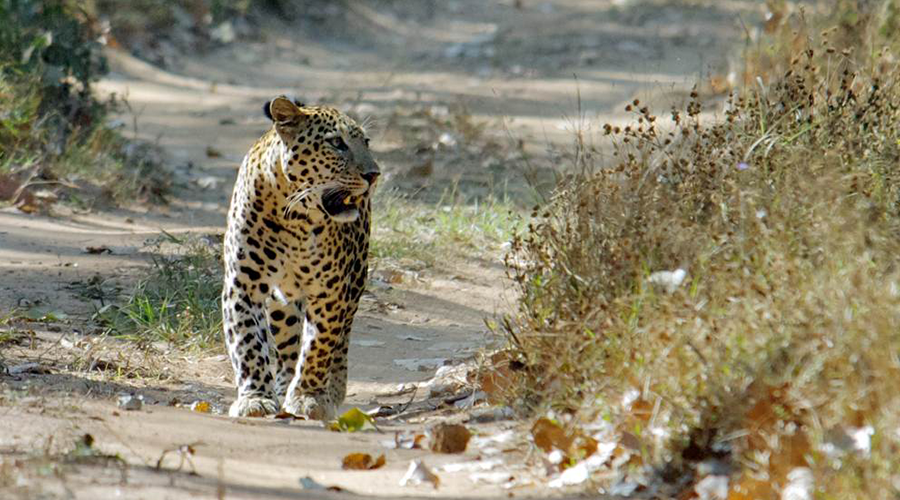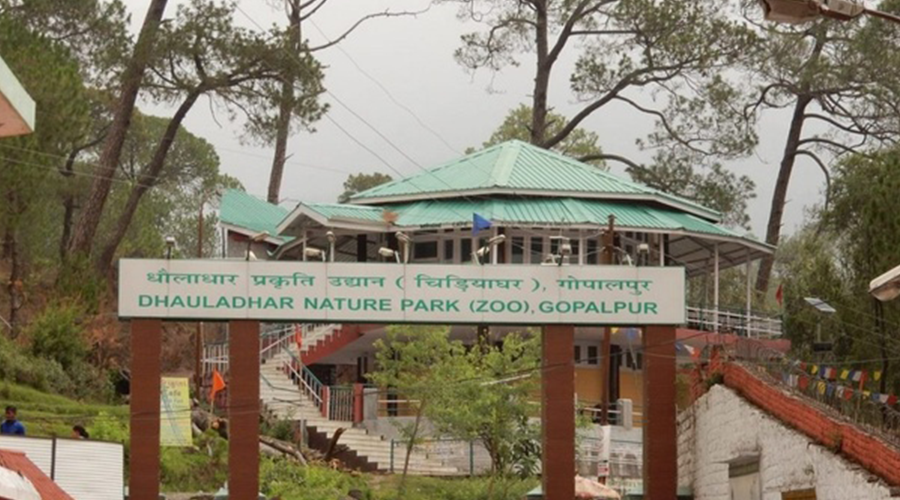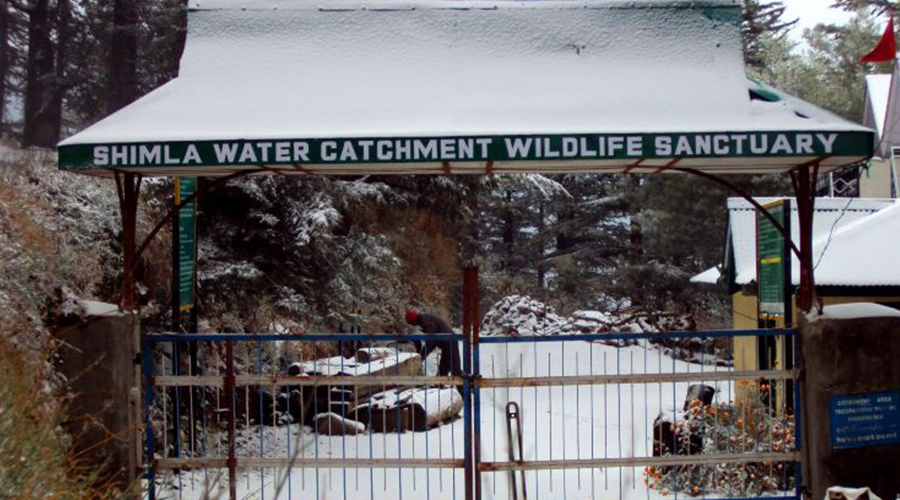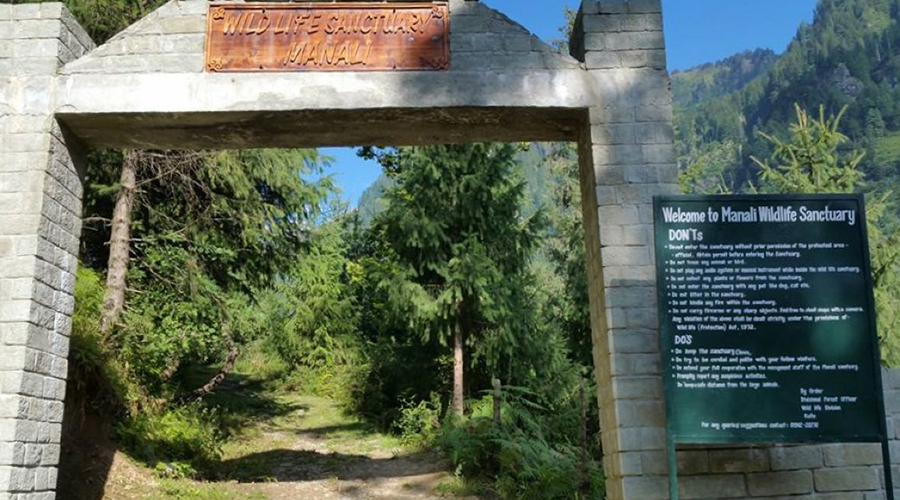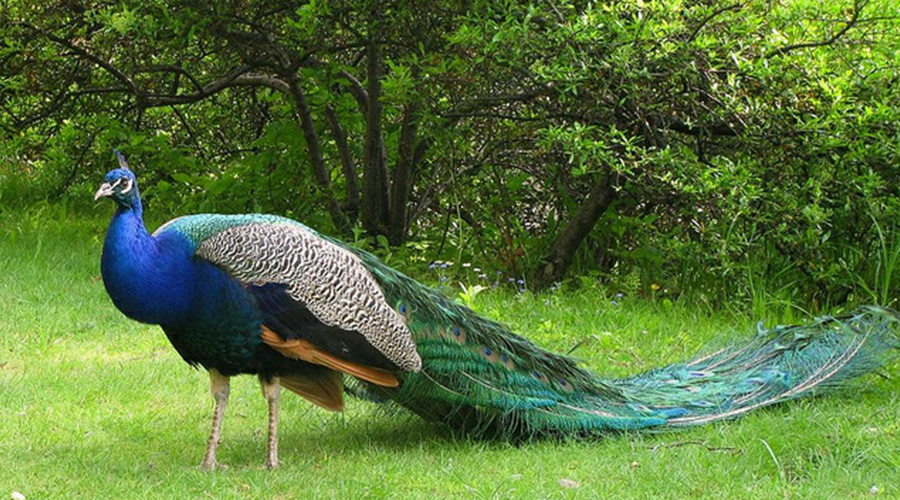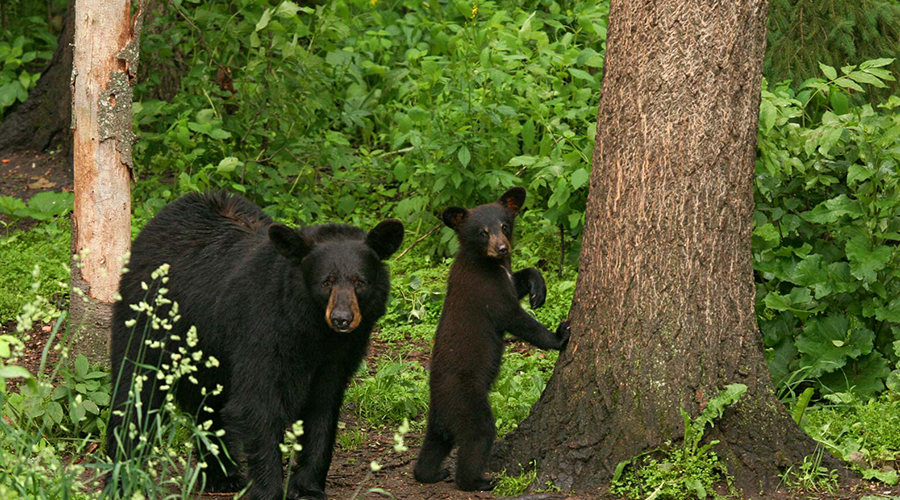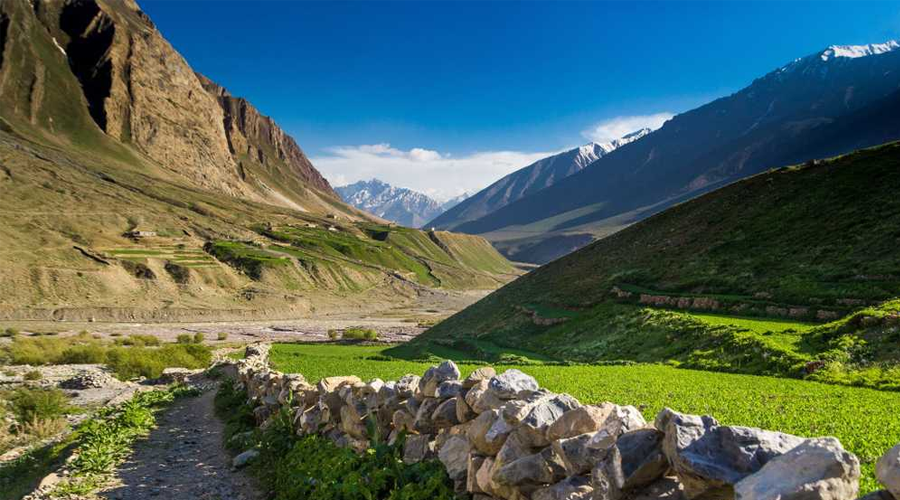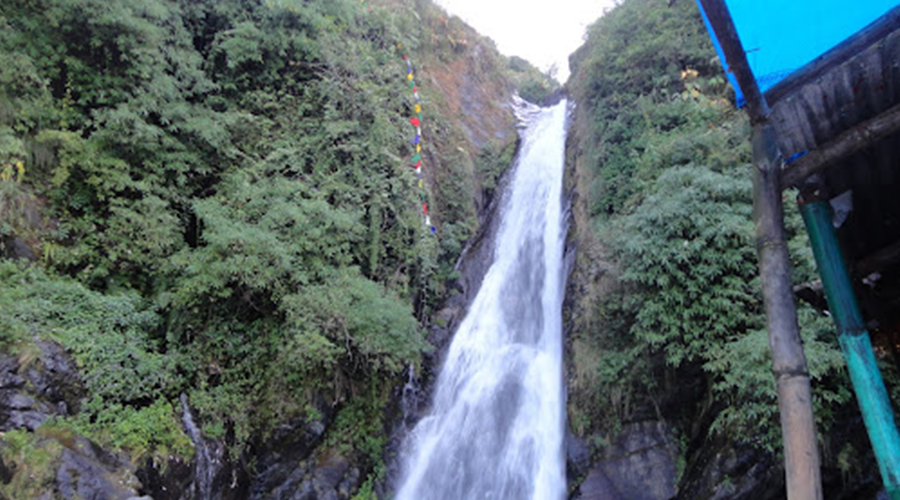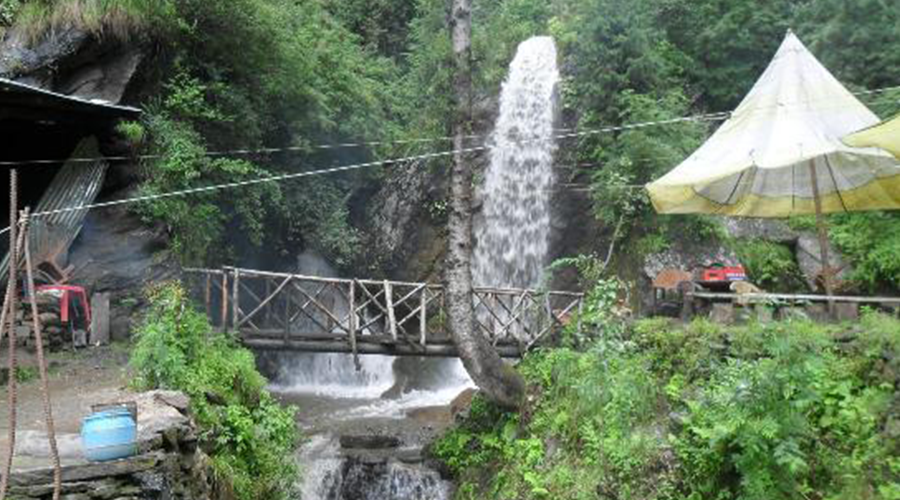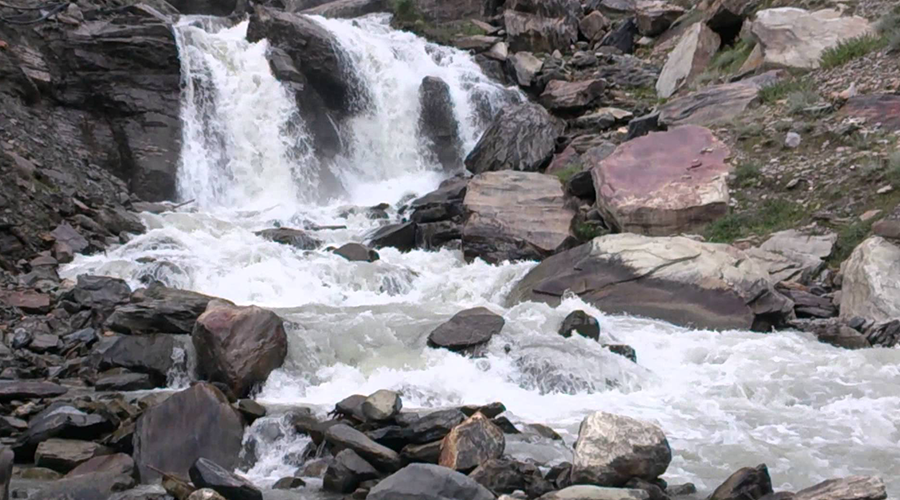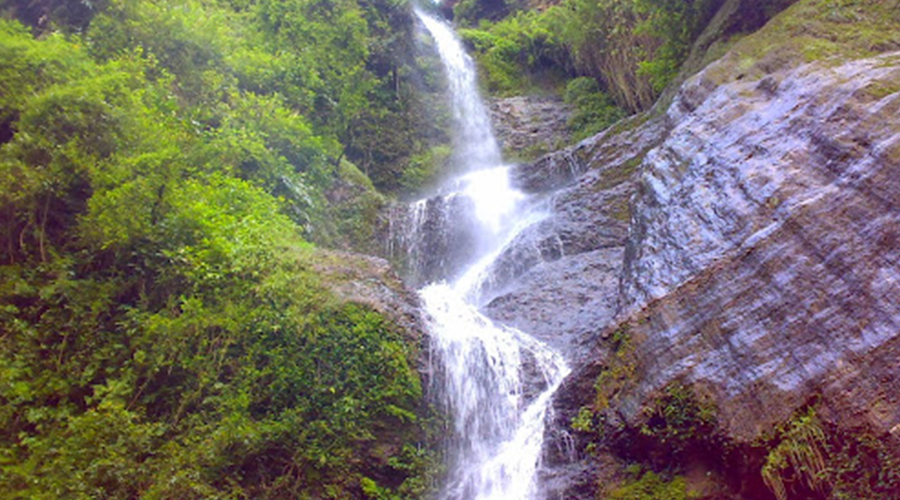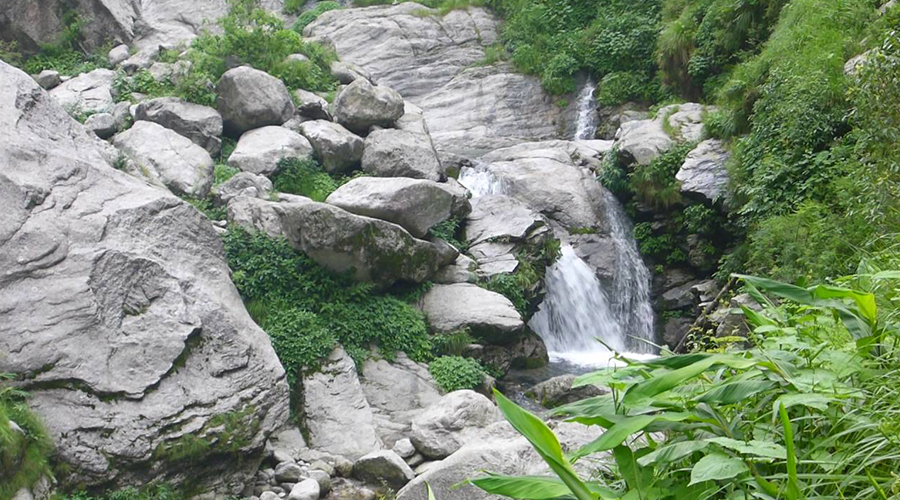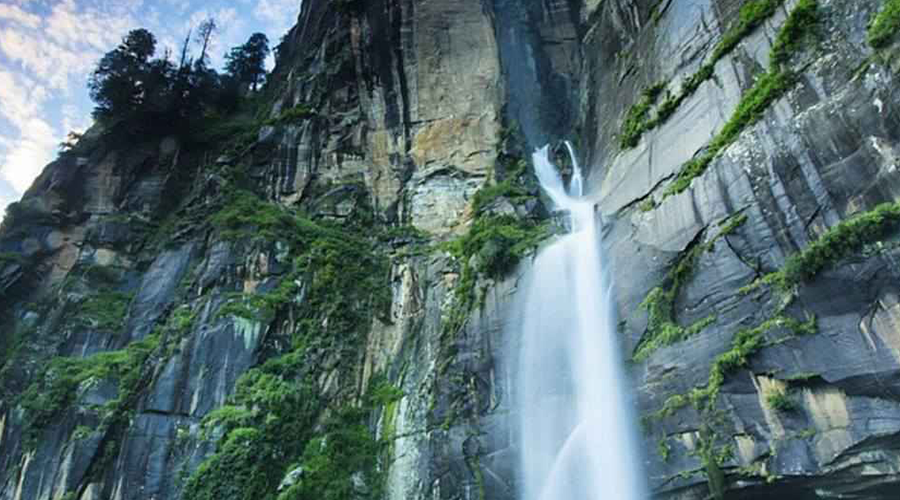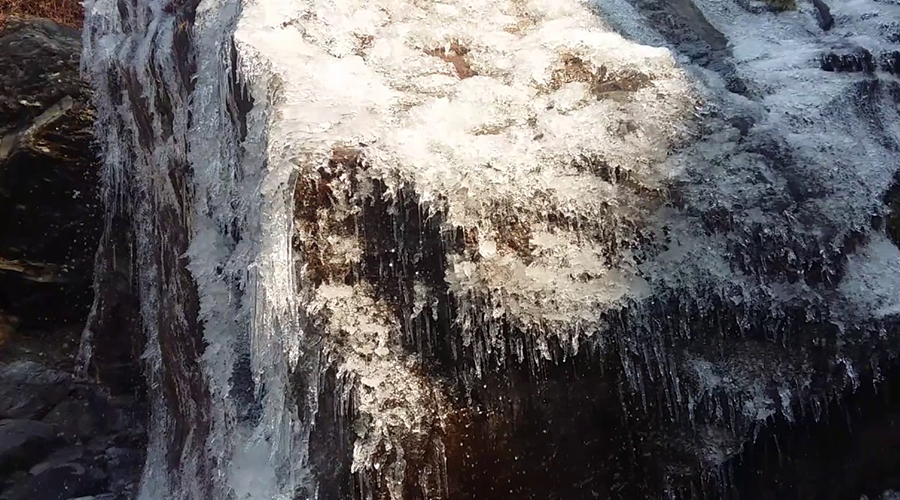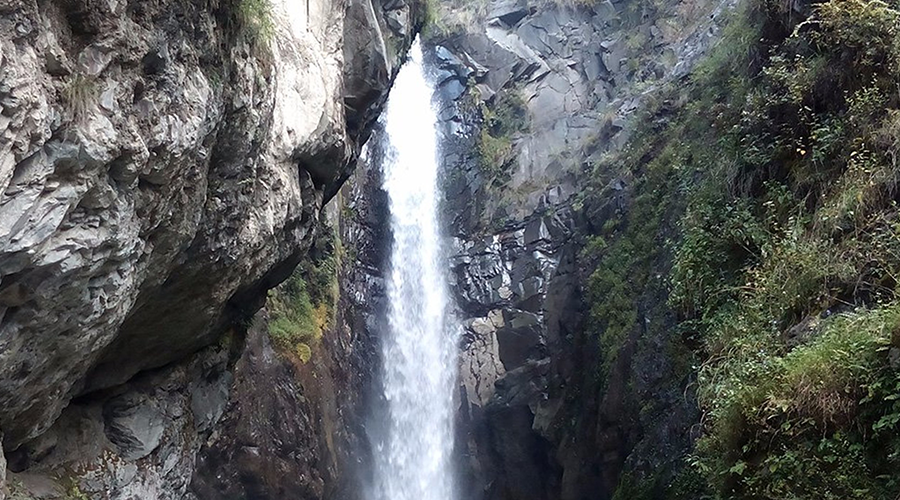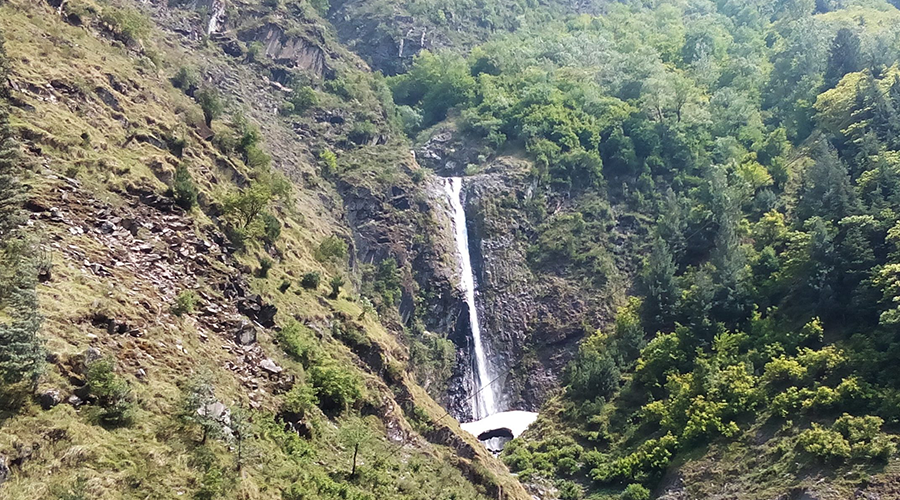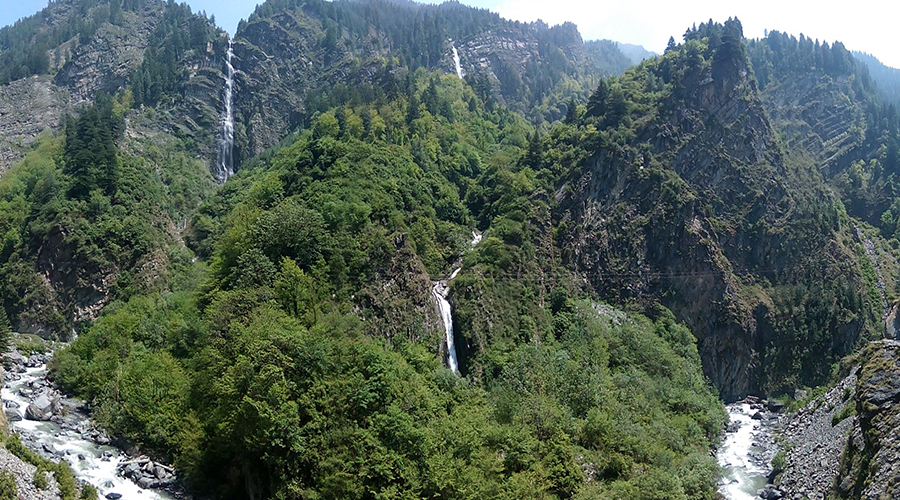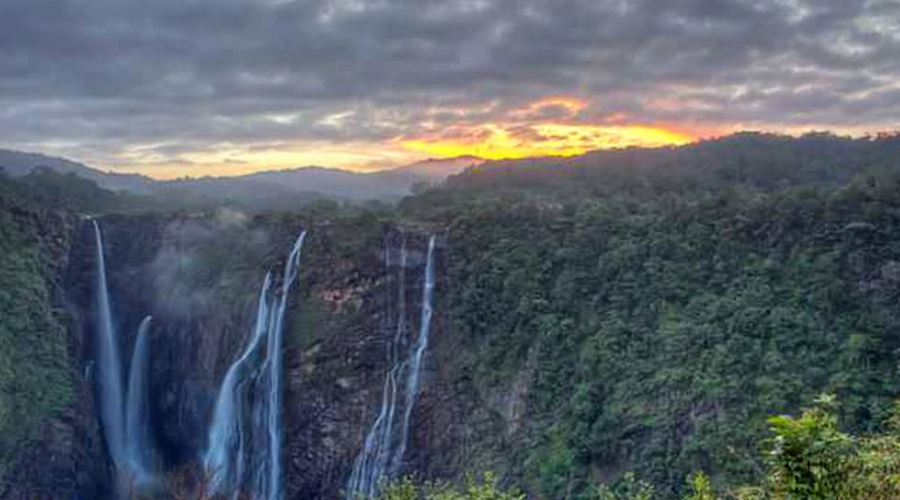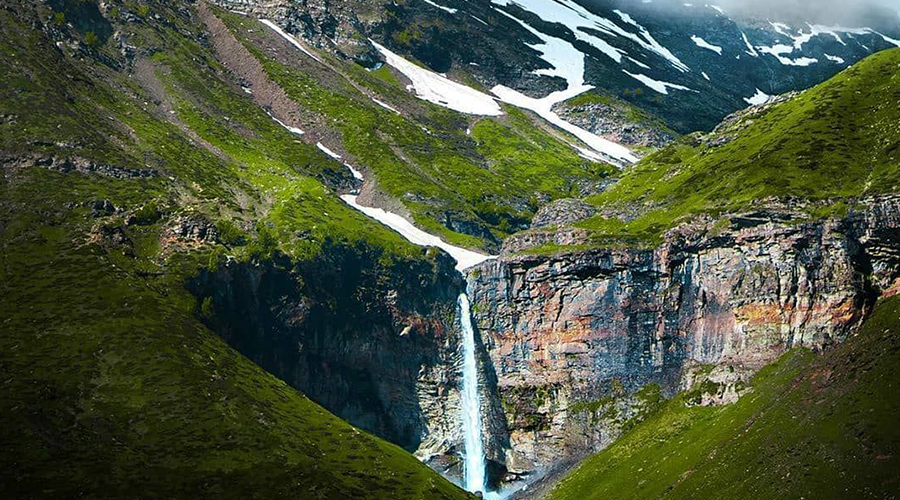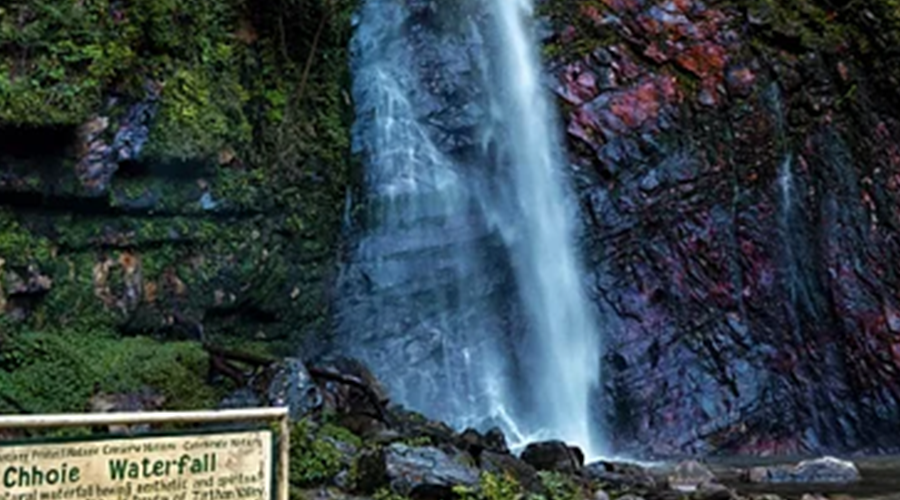Himachal Pradesh
The hilly state in Northern India, Himachal Pradesh is a famous tourist state of India that lies in the lap of the western Himalayas. Nestling in the lap of nature, Himachal is endowed with dreamy valleys, emerald meadows, verdant forests, thickly wooded orchards, expansive pines, gushing rivers, mighty lakes, and snow-capped mountains. The capital city of Himachal Pradesh is Shimla which is famous as the summer capital of British India.
The harmony with which the diversity in the culture of the people of Himachal has proved once again that the Indian subcontinent has a “unity that absorbs diversity”.
History of Himachal Pradesh
Himachal Pradesh was inhabited since the aurora of civilization. Indus Valley civilization was the first to set its foot on the hills of Himachal Pradesh between 2250 and 1750 BC. This was followed by Mongoloids and then Aryans. Then flourished the era of dynasties, Chandragupta with his prowess took control of the republics of Himachal, and his grandson Ashoka extended his boundaries to the Himalayan region. Thakurs and Ranas reigned in the hilly terrain for a brief period until Harsha rose to power in the early 7th century. After his death in 647 AD, many Rajput rulers fought amongst themselves, few moved to Rajasthan while defeated ones ascended to Himachal. Mughals reinstated their hold at the beginning of the 10th century with the entry of Mahmud Ghaznavi who first conquered Kangra. Timur and Sikander Lodi made their way to Himachal through the lower hills and fought many battles and took charge of several forts.
With the downfall of the Mughal dynasty, the Katoch rulers of Kangra grew up to prominence and Kangra regained independence status under Maharaja Sansar Chand who ruled for nearly half a century. Under the leadership of Amar Singh Thapa, Gorkhas from Nepal began to expand their territory and took over Sirmour and Shimla. After defeating Sansar Chand in 1806 they finally captured Kangra, however, they failed to capture Kangra Fort and in 1806 Maharaja Ranjeet Singh took charge of the fort. By 1858, the region came under the British Crown. Then began the independence movement with the Mandi conspiracy in 1914-15 and the Pajhota agitation in 1942. Post-independence Himachal Pradesh was declared a Union Territory and later hill areas of Punjab were merged into Himachal. The State of Himachal Pradesh Act was passed by Parliament on 18th December 1970 and on 25th January 1971 Himachal Pradesh was listed as the eighteenth state of India.
Culture of Himachal Pradesh
The pristine beauty of Himachal Pradesh is not just restricted to visuals but can also be noticed in its rich and vibrant culture. Although the state was first inhabited by the Indus Civilization, however, the Aryans who migrated from Central Asia influenced the culture of Himachal Pradesh. Himachal is largely occupied by the Hindus, however, some regions of the state such as Kinnaur, Lahaul, and Spiti are strongly influenced by the Tibetan culture. The majority of people in these regions follow Buddhism. Hindi and Pahari are the languages that are widely spoken in Himachal; however, the Sino-Tibetan language is spoken in the areas that are close to the Tibetan Border.
The most dominating communities of Himachal Pradesh are Brahmins, Rajputs, Rathis, Choudharies, Kannets, and Kolis who contribute to 96% of the total population of the state. The remaining 4% are Gujjars, Kinnars, Gaddis, Tanolis, Lahaulis, and Pangawals who belong to the tribal communities of Himachal. Few of these communities are nomads. People of the state are extremely religious-minded and plenty of Temples in Himachal Pradesh hold great religious significance. Boasting a plethora of revered temples of India, Himachal Pradesh, therefore, is famous as Dev Bhumi. The hilly region of Himachal is considered to be an abode of Lord Shiva and Goddess Parvati. Natives of the state are warm-hearted, cordial, and respectful. Their primary occupation is agriculture, forestry, horticulture, or pastoralism.
Art And Handicrafts of Himachal Pradesh
The art and handicraft of Himachal Pradesh are vivid, diverse, and exquisite. Famous for craftsmanship, the art culture of the state can be best witnessed in intricate paintings, exquisite handlooms, elaborate woodwork, unique metal products, woven carpets, stonework, leather goods, and whatnot. Himachali caps, silk, and muslin embroidered handkerchiefs of Chamba, and classic thangkas are the most elegant and charming souvenirs of Himachal. Pahari paintings are a display of the unique flora and fauna of the state and the artists often depict the life of Lord Krishna through their paintings. Handloom products such as shawls, blankets, carpets, etc are strongly influenced by Tibetan patterns. Basket weaving is another common craft of Himachal that is extensively designed by the weavers of the state.
As the state is rich with trees such as pine, walnut, chestnut, mulberry, etc; the wooden craft is widely practiced. Items such as trays, toys, utensils, sticks, etc can be seen in local markets of Himachal.
The most popular craft works of the people of Himachal Pradesh are Wood Carving, Painting, The Pahari Paintings of the Mid-17th Century, Painters from the Mughal Court, Kangra School of Paintings, The Kangra style of Paintings, Thangkas, Rugs & Carpets, Garments & Accessories, Embroidery, Woollen Garments, Shawls, Leathercraft, Jewellery, Metalwork, Another Metalcraft- Mohra, and Stonework. Pashmina shawl is one of the products which is highly in demand not only in Himachal but all over the country.
Traditional Chamba chappals (slippers) are popular things made out of leather and the embroidery work will be using colors like red, black, green, yellow, blue, and imitation zari (gold thread).
Tibetan markets of Manali, Shimla, Dharamshala, and McLeodganj are best for shopping typical Himachali handicrafts. Also, famous for its unique art forms, Himachal offers a joyous experience to tourists. Losar Shona Chuksam in Kinnaur, Burah dance in Sirmour, Shunto in Lahaul and Spiti, Naati in Kullu, and Dangi in Chamba are some of the popular dance forms of Himachal Pradesh. Folk songs of Himachal are associated with religion, customs, and harvest. Some of the best-known folk songs of Himachal are Ainchaliyan, Dholru, and Soohadiyan. With the intervention of the state government, the authentic art culture of the state stays well preserved.
Cuisine of Himachal Pradesh
Himachal Pradesh is endowed with natural splendors, diverse cultures, and delectable cuisines. The food of Himachal Pradesh is a tasteful blend of fresh produces and aromatic spices. Himachal Pradesh produces the finest quality of Basmati rice which is also the staple of the state. Freshly grown vegetables, fruits, and local leafy greens are in abundance in the lower belt of Himachal while as you move upwards, meats and grains take over. Dham is a traditional festive meal of Himachal that is prepared by Botis, the Brahmins Chefs from Kangra. Patande is a unique version of pancakes which is a popular breakfast dish in the Sirmaur district. Babru is a popular snack that is the Himachali variation of kachoris. Sidu is a distinct bread that is usually savored with mutton or daal. Chana Madra is white chickpeas cooked in gravy that is a very popular gravy dish in the state.
Some more popular vegetable preparations of the region are Auriya Kaddoo, Mash daal, Sepu Vadi, and Gucchi Mattar which are delectable and aromatic. Tudkiya Bhath is a rich and spicy rice dish. Bhey is a unique dish made from lotus stems. Chha Gosht is a Himachali mutton dish with a distinct flavor. Kullu Trout and Chamba Style Fried Fish are much-loved fish delicacies from Kullu and Chamba respectively. Pahadi Chicken is the simple-to-cook chicken gravy of almost every Himachali kitchen. Mittha is a local dessert of Himachal Pradesh. Akotri is a regional specialty of the Northern Hills. Himachali or Pahari cuisine has a unique aroma and flavor due to the low-flame cooking technique and usage of yogurt and cardamom.
Some of the unique Himachali cuisines include Nasasta (a sweetmeat) in the Kangra region; Indra (made of Urad dal), Baadi / Shaunda, and Bada/Poldu in the Shimla region; apart from favorites all over the state like Pateer, Chuck, Bhagjery and chutneys of Til (sesame seeds).
Popular Vegetarian Dishes include Guchhi Mattar, Sepu Vadi, and Kaddu ka Khatta. While popular Non-Vegetarian Dishes are Kullu Trout, Grilled Fish, and Chicken Anaardana. The popular sweets are Mittha and Nasasta which are made from Sweet Rice and Sweetmeat. Popular drinks of HP are Tea that is made in varieties of Buttermilk. Himachal Pradesh is the second-largest producer of apples after Jammu and Kashmir.
Language and Occupation of Himachal Pradesh
The official language of this state is Pahari and Hindi. Some of the most commonly spoken individual languages are Kangri, Mandeali, Kulvi, Chambeali, Bharmauri, and Kinnauri.
Hindi is the official state language of Himachal Pradesh, but the people of Himachal Pradesh speak many different languages. Most of the population is dependent on the agriculture sector but now the employment of people in the tertiary sector has increased.
Fairs and Festivals of Himachal Pradesh
Apart from all festivals celebrated in India, there are some unique festivals in Himachal Pradesh. Some of these fairs and festivals in the upper regions are the Kullu Dussehra, Shivratri Fair (Mandi), Shoolini Mela (Solan), Minjar Fair (Chamba), Mani Mahesh Chhari Yatra (Chamba), Renuka fair (Sirmaur), Lavi Trade Fair (Rampur), Vrajeshwari fair (Kangra), Jwalamukhi Fair (Jwalamukhi), Holi Fair (Sujanpur Tira), and Naina Devi Fair (Bilaspur), Fulaich (Kinnaur Valley).
While some popular festival in the lower region is the Peeplo Fair, the ‘Mairi’ Gurudwara Fair, the ‘Chintpurni’ temple Fair, the ‘Kamakhya temple’ Fair, including the annual Himachal Hill Festival in the village Polian Purohitan during the fourth week of October.
The Kullu Dussehra festival is very famous all over India. The centuries-old Sair festival is celebrated mainly in Shimla, Mandi, Kullu, and Solan districts every year in mid-September.
Music and Dance Forms of Himachal Pradesh
The music and dance of a place is similar to the ethnicity and culture of that place, the dance and music of Himachal Pradesh is also similar to their culture.
Music and dance are also ways for indigenous people to connect with their Gods. You cannot tie the art of music and dance to a specific region, which is Himachal Pradesh.
Various dance forms are practiced in Himachal Pradesh, such as Dangi of the Chamba region, Gee and Burah dance of the Sirmour region, Nati, Kharat, Ujagjama, and Chadgebrikar of the Kullu region, Chuksam (Kinnaur), and Shunto (Lahaul & Spiti), Jhamakra (Kangra), which are liked by people all over the country. Some of the dance forms like Dulshol, Dharveshi, Drodi, Dev Nritya, Rakshas Nritya, Dangi, Lasa, Nati, and Nagas are danced all over the region.
These dance forms play an important role in the lives of the tribal people. The diversity and complexity of the dance show the innovation and faith of the people toward their own culture and tradition.
There is no classical form of music but folk music is mostly preferred by the people of Himachal. The music and dance of Himachal Pradesh have always been a center of attraction for tourists who want to know about the culture and traditions of the people here.
Costume of Himachal Pradesh
The people of Himachal Pradesh mostly wear woolens as its best suited to the climate. Scarves and shawls are ubiquitous with the women while the men can be found in various types of Kurtas and the typical Himachal cap.
Their outfits are very vibrant and colorful, and almost everything is weaved manually be it a cap, dress, or footwear. Men usually wear tight Churidar Pyjamas with a kurta and long silk overcoat over it and a turban. The overcoat is made of yak leather to keep them warm. Women wear long kurtas covering them from the neck to their toes. They also wear Ghaghris, Salwar-Kameez, and Cholis i.e. the shirt.
The Himachali cap is a must traditional wear, it is a ‘brand’ known to many. The shawls of Himachal are very famous they are available in Lambs Made of wool, Angora, and Pashmina. Among the jewelry they wear are elliptical anklets, solid iron-headed bangles, hair ornaments, peepal-leaf-shaped forehead ornaments, and necklaces known as Chandanhaars.
Tourism in Himachal Pradesh
Himachal Pradesh is the land of lush green fields and vibrant entrepreneurial culture. It is famous for its Himalayan landscapes and popular hill stations. These hill stations decorate Himachal Pradesh and make it the most popular tourist spot in India.
The most famous hill stations of Himachal Pradesh are Chail, Dalhousie, Dharamsala, Kasauli, Lahaul, and Spiti. Namgyal Monastery, War Memorial, and Viceregal Lodge are the fascinating historical monuments of the state.
There is much exotic wildlife that has been brought up in the zoo and parks of Himachal Pradesh and the most famous zoo of this state is Rewalsar Zoo and Gopalpur Zoo. The most famous parks and sanctuaries of this state are The Great Himalayan National Park, Simbalbara National Park, Chail Sanctuary, Churdhar Sanctuary, Renuka Sanctuary, Daranghati Sanctuary, and Pin Valley National Park. The most famous forts of this state are Kangra Fort, Sujanpur Fort, Kamru Fort, andNurpur Fort.
The most popular tourist spots of Himachal Pradesh are Manali, Shimla, Khajjiar, Chail, Dalhousie, Kullu, Chindi, Kalpa, Dharamshala, Rewalsar, Renukaji, Kasauli, Kiarighat, Bilaspur, Chamba, Fagu, Naldehra, Jawalaji, Palampur, Bhagsu, Sarahan, and Rampur. The most popular Hindu Temples are Bajreshwari Temple, Jwalamukhi Temple, Chamunda Devi Temple, Lakshmi Narayan Temple, Chaurasi Temple, Chattari Temple, and Prashar Temple.

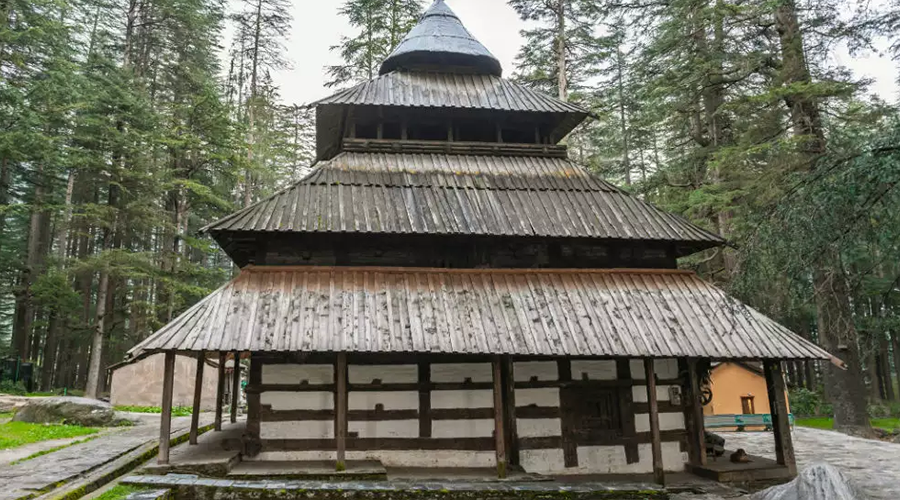
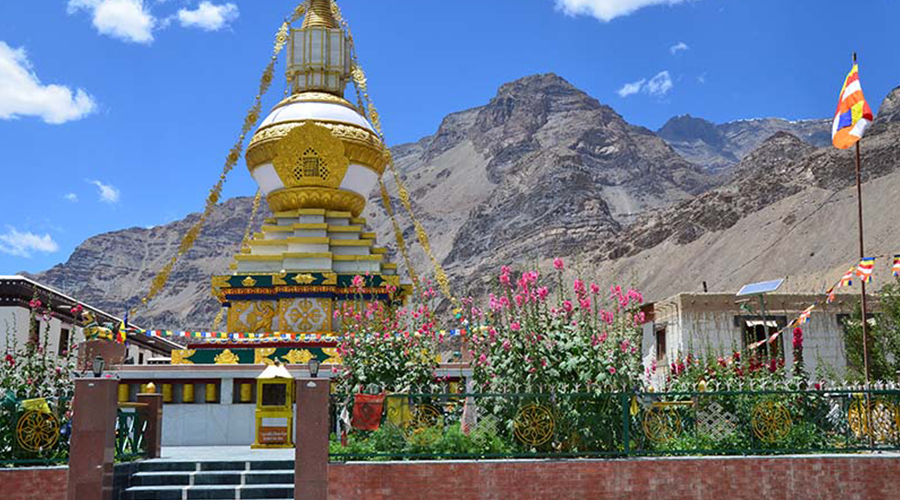
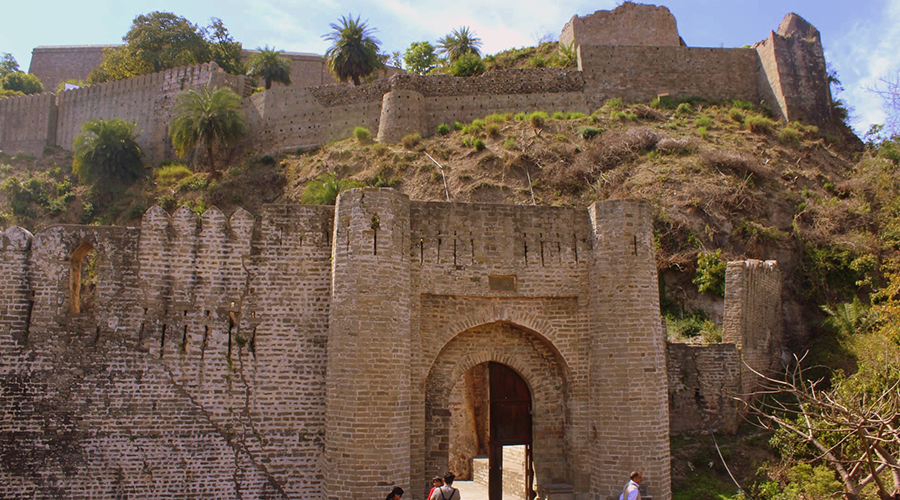
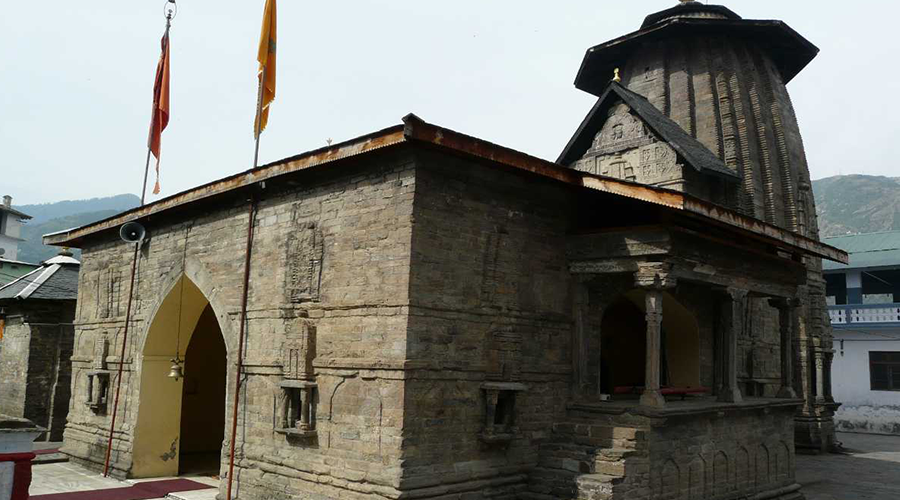
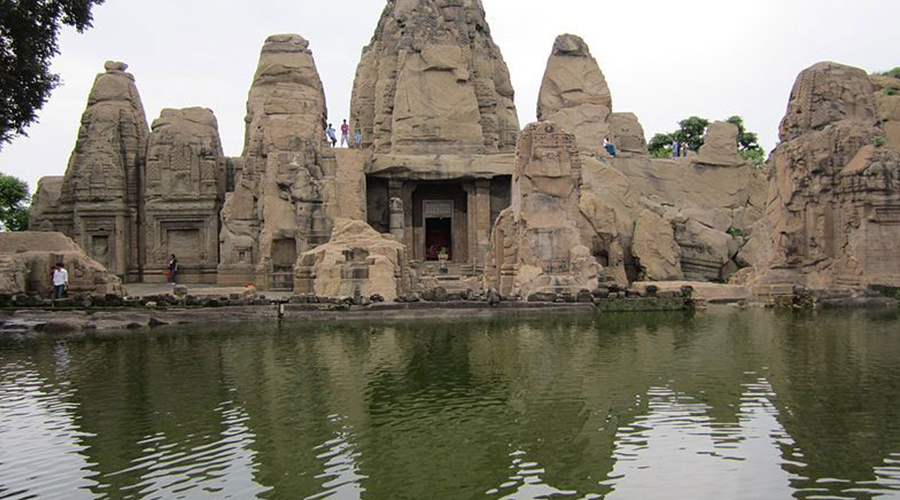
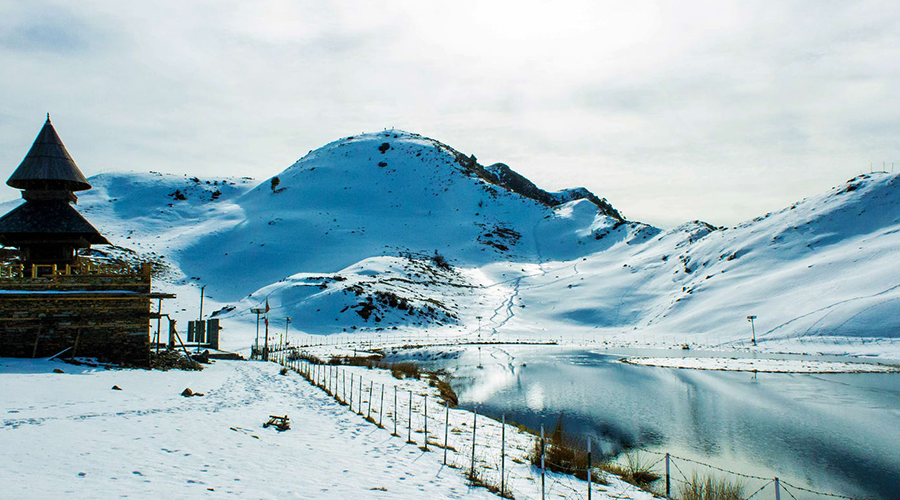
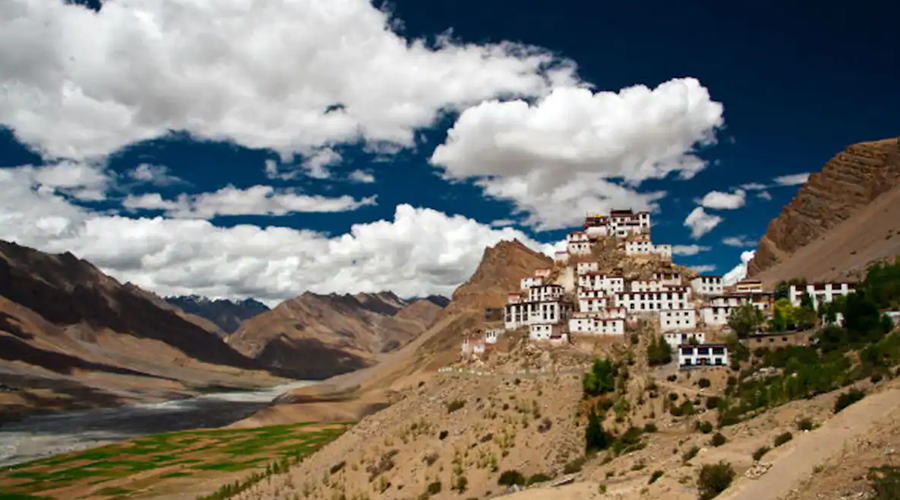
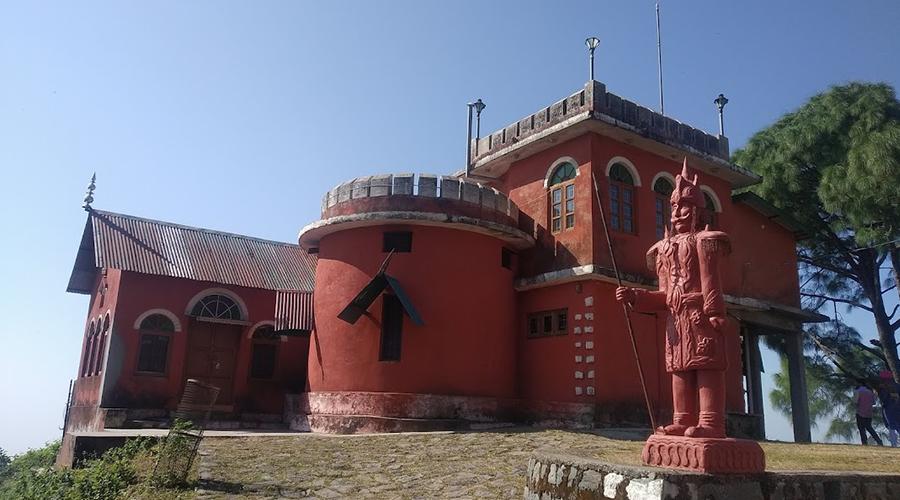
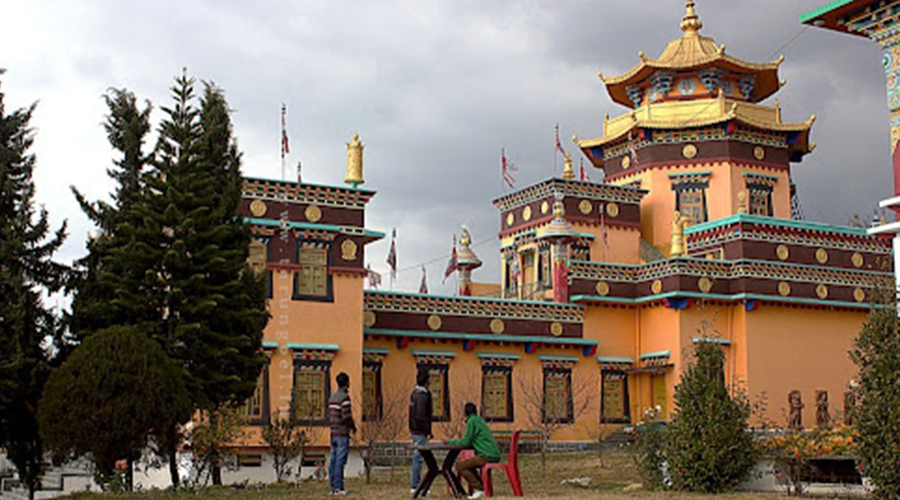
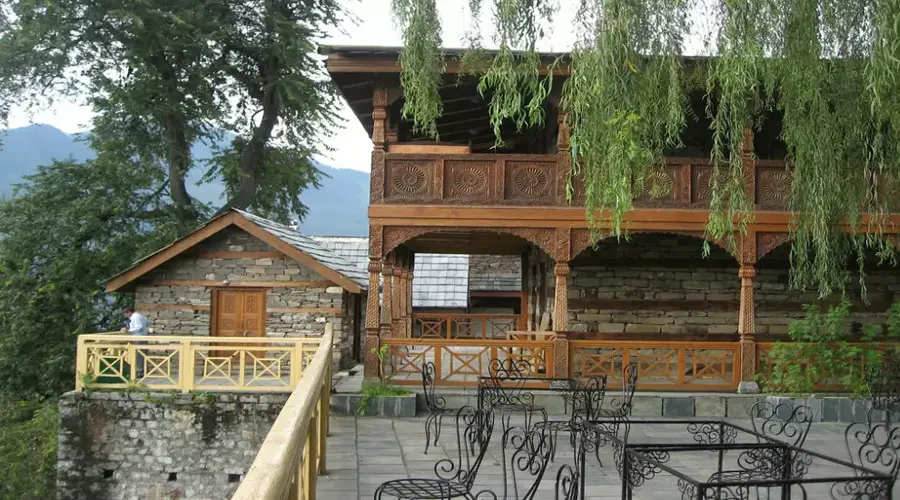
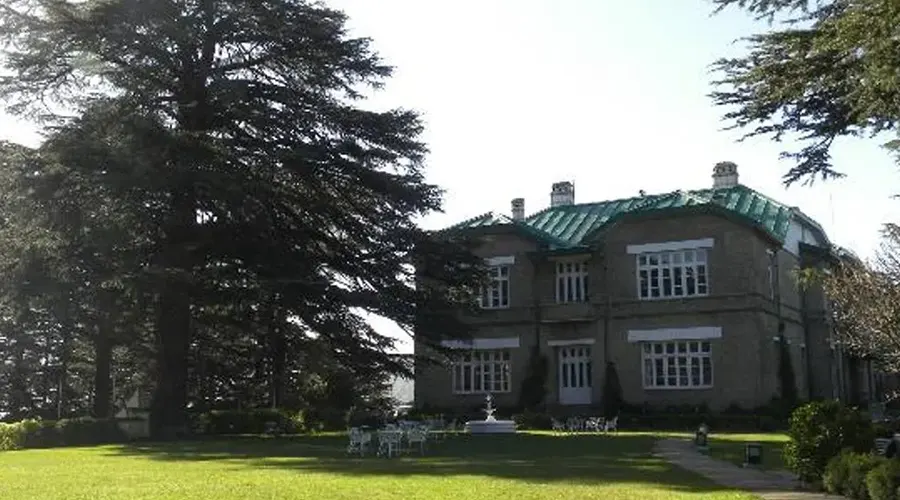
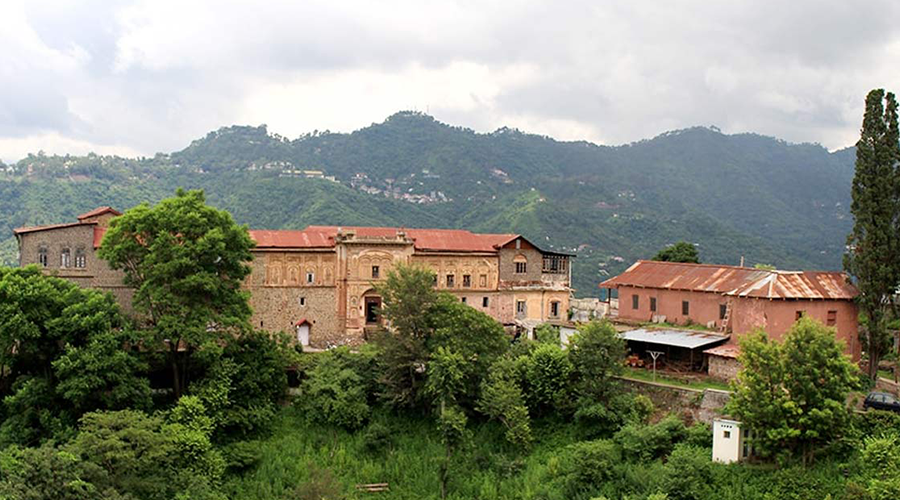
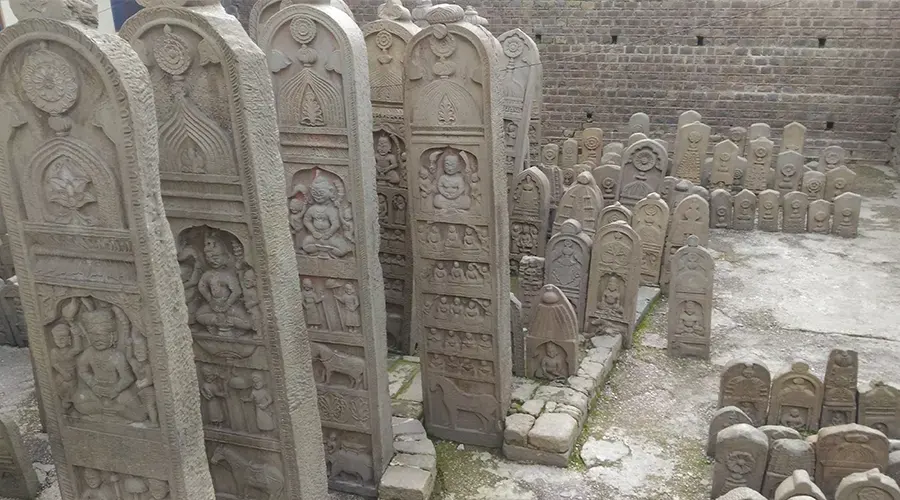
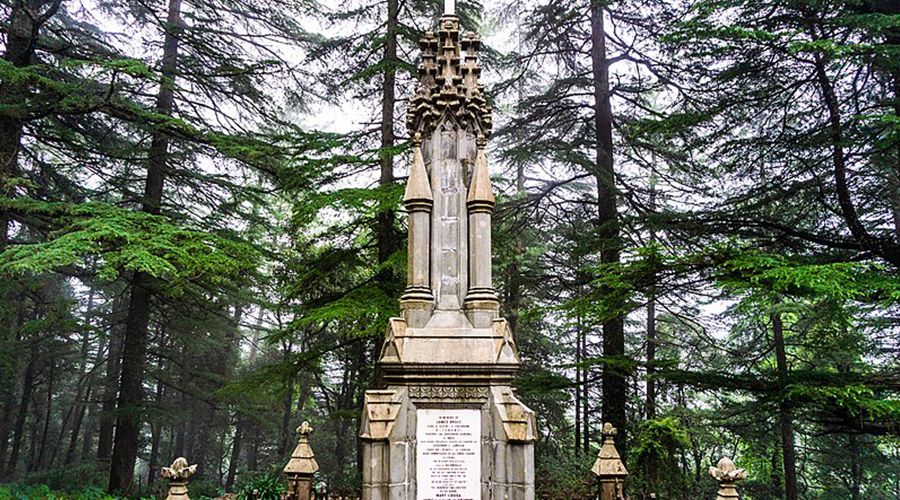
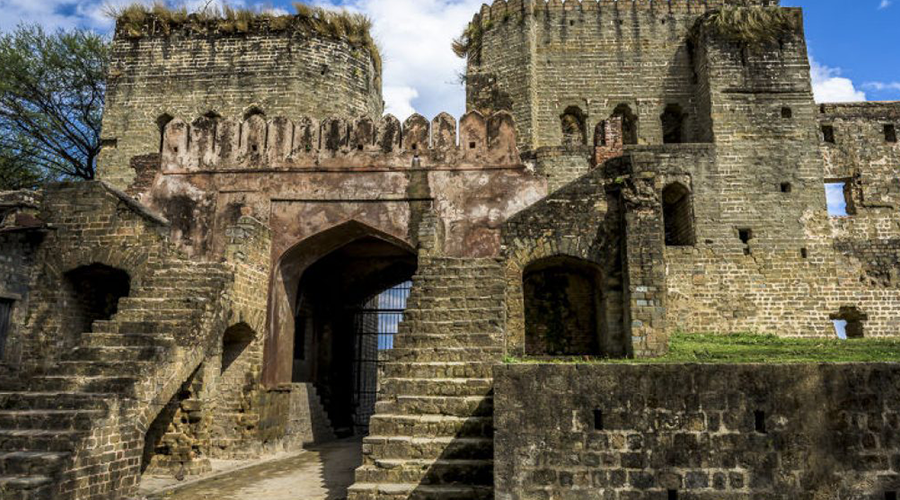
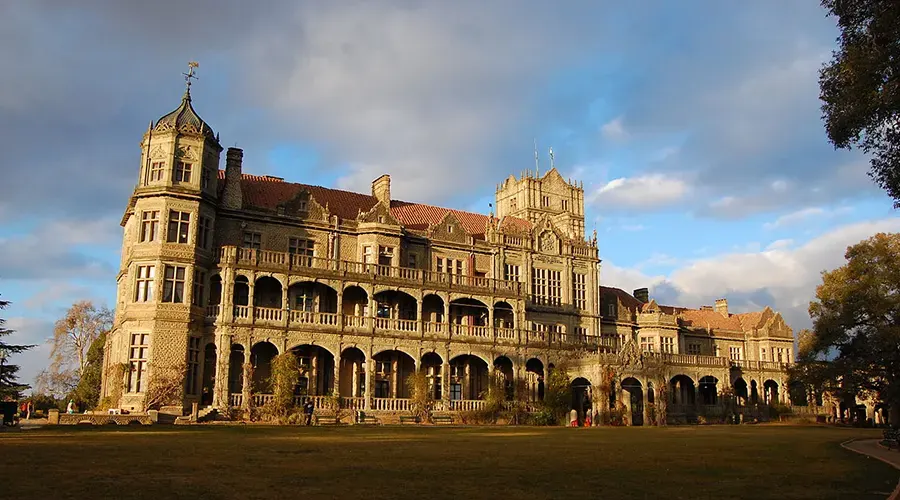
.webp)
